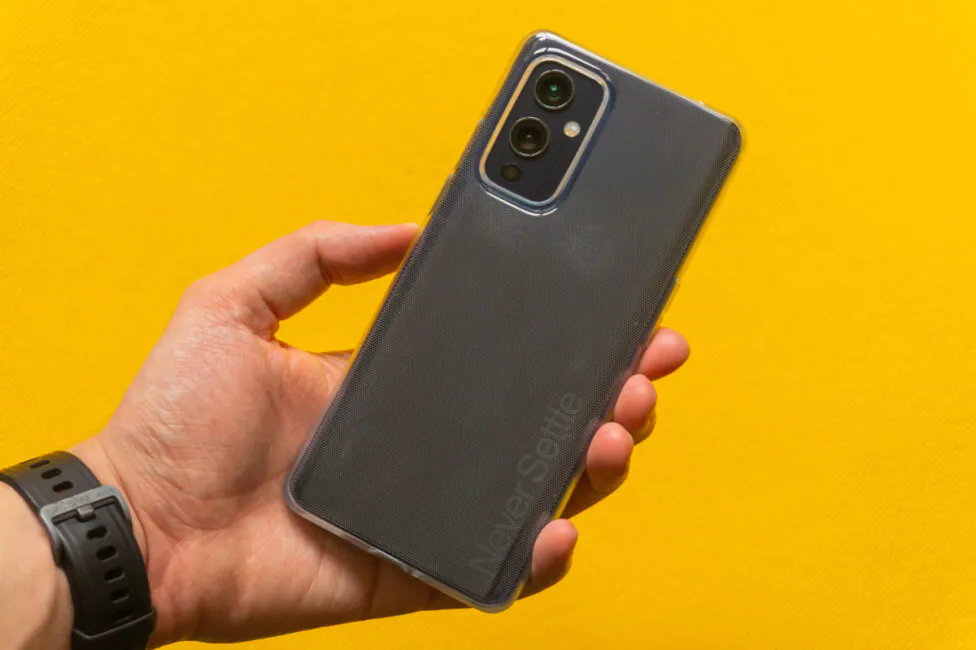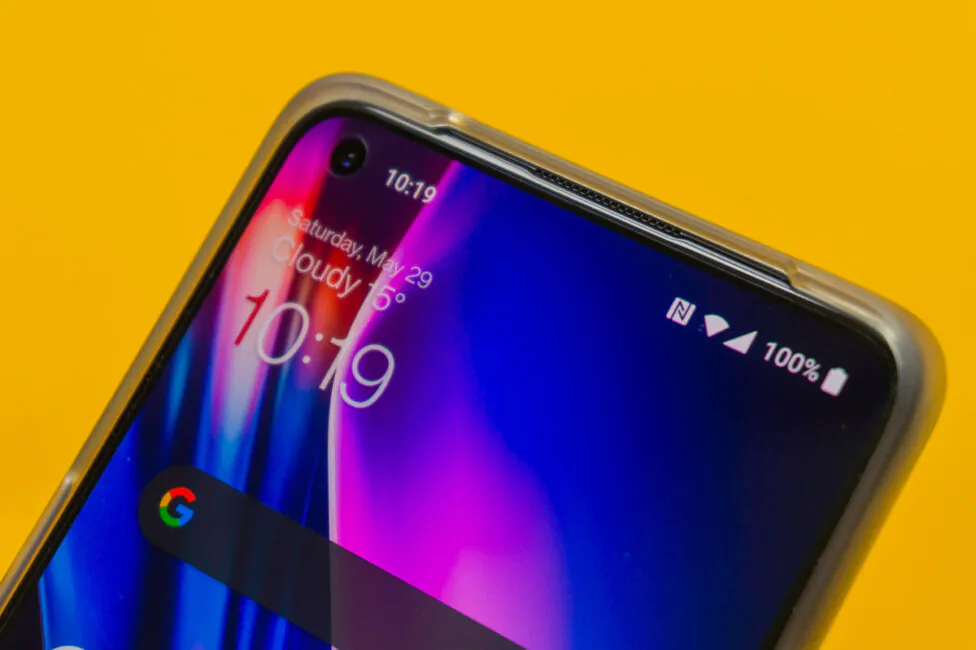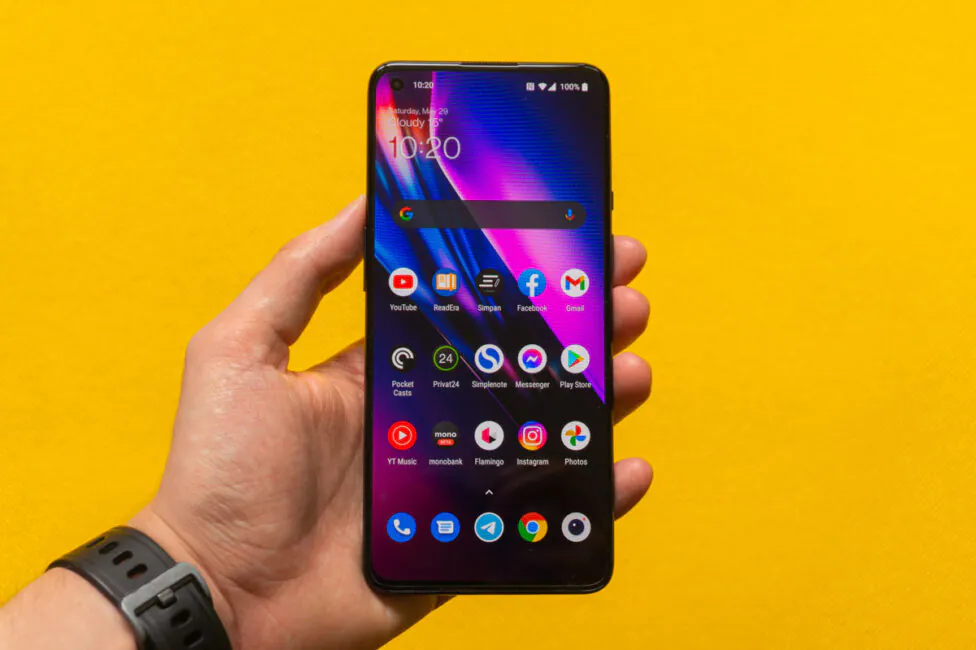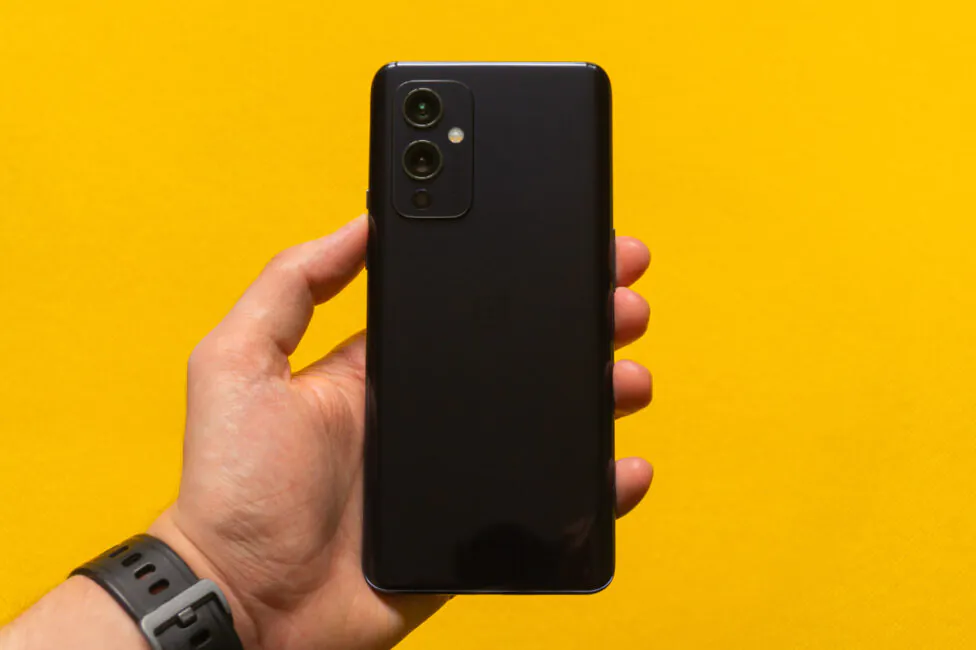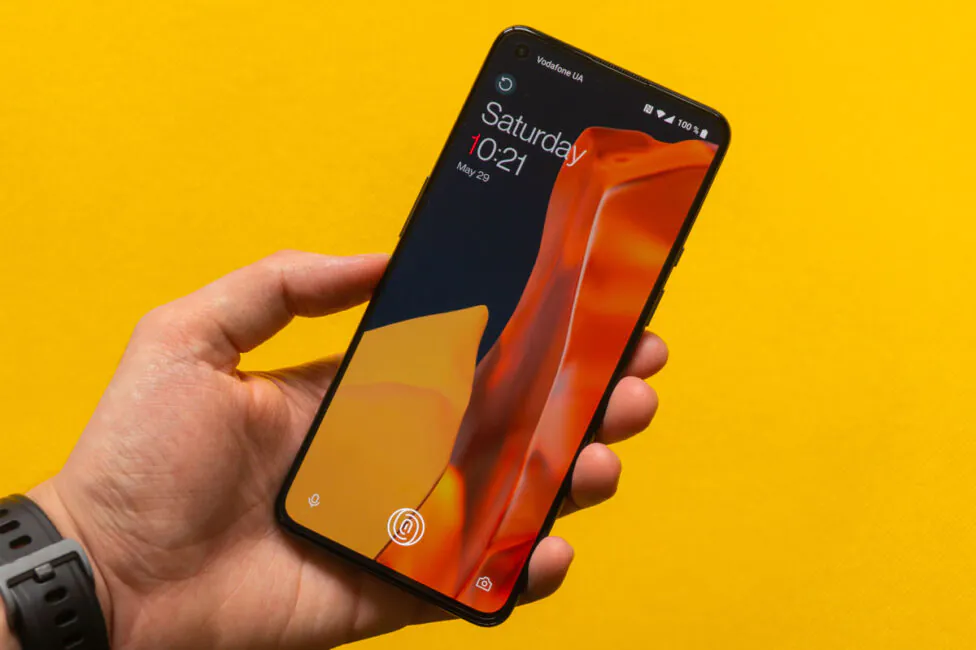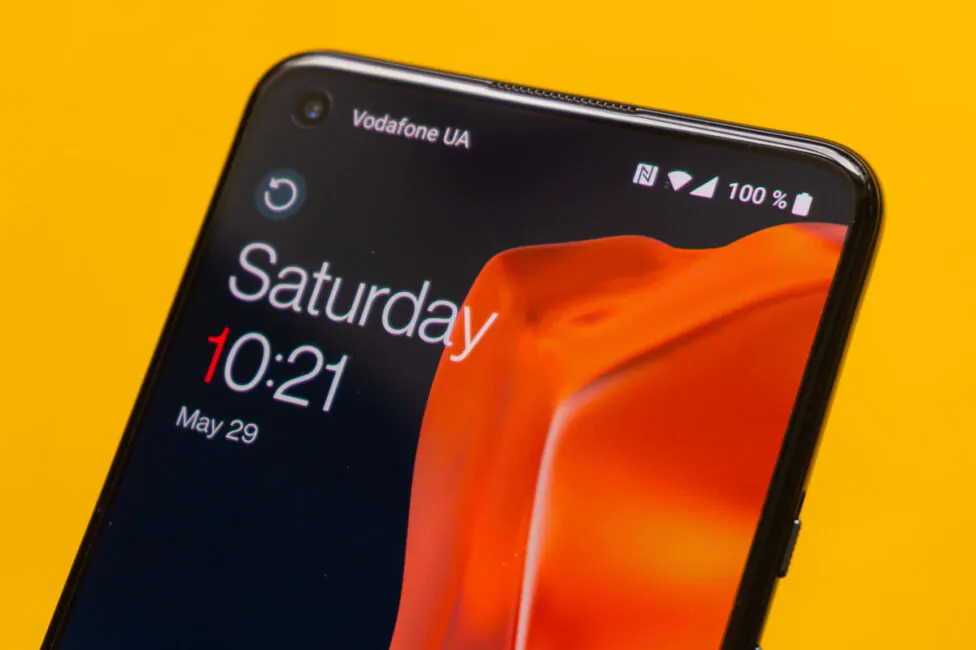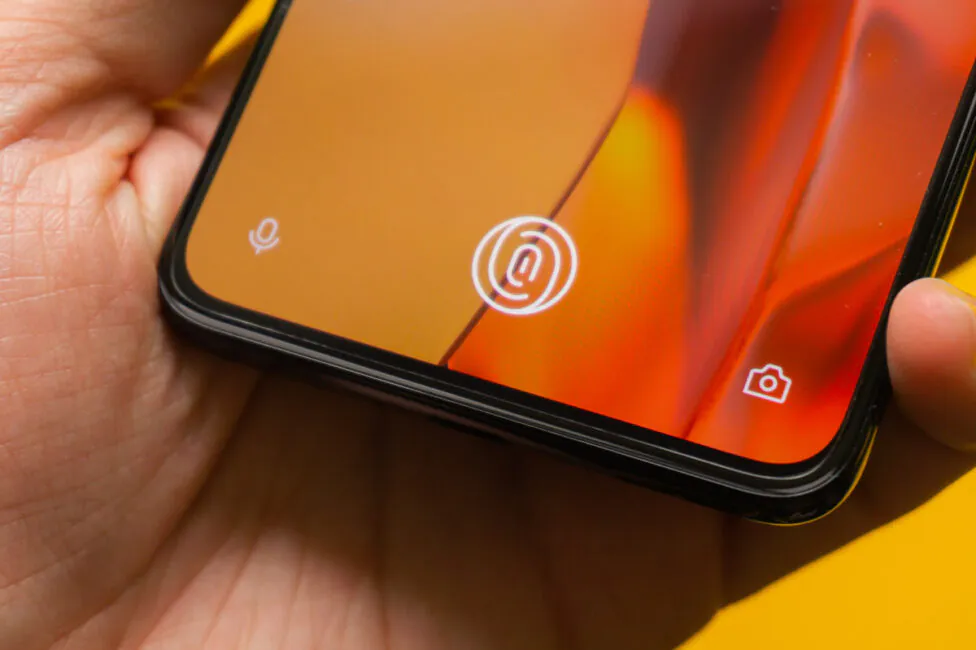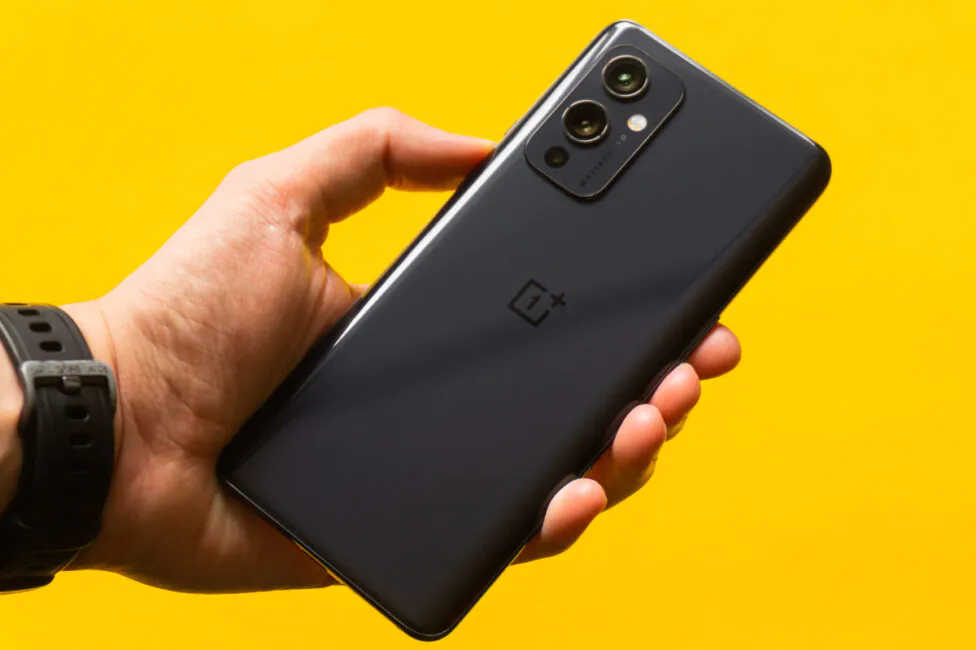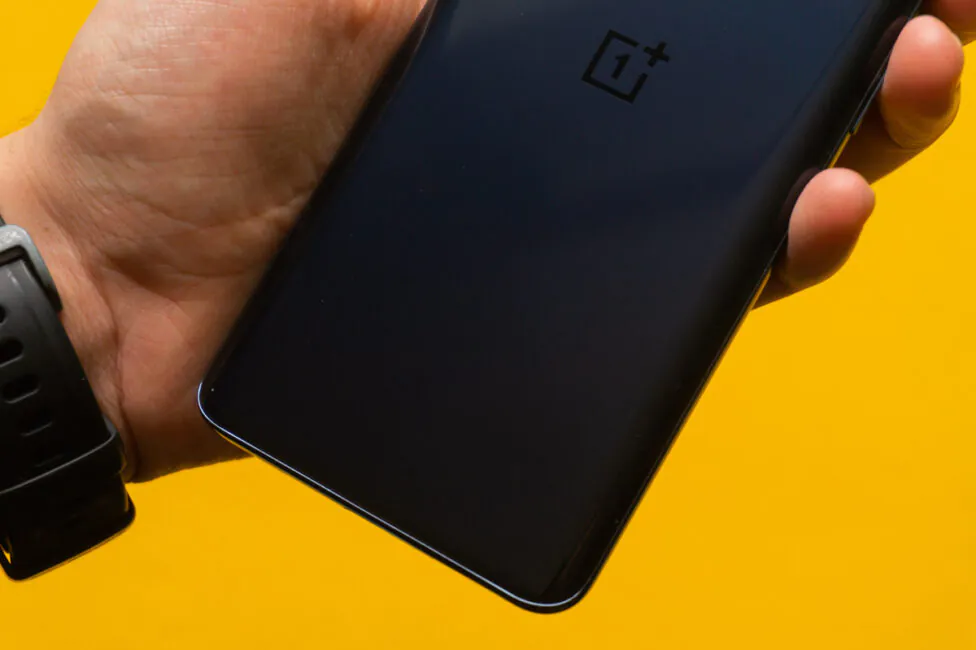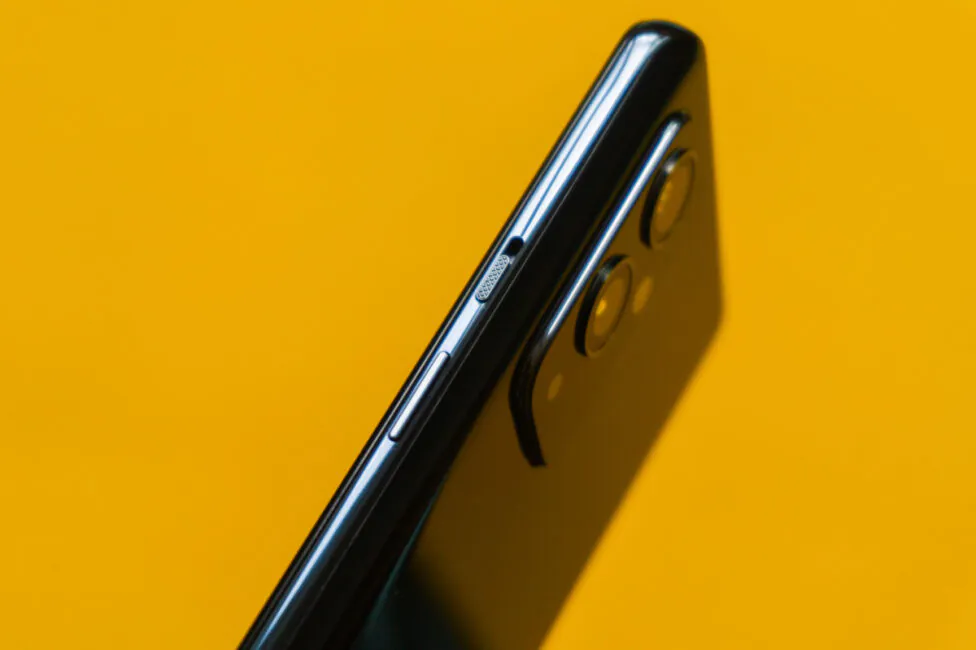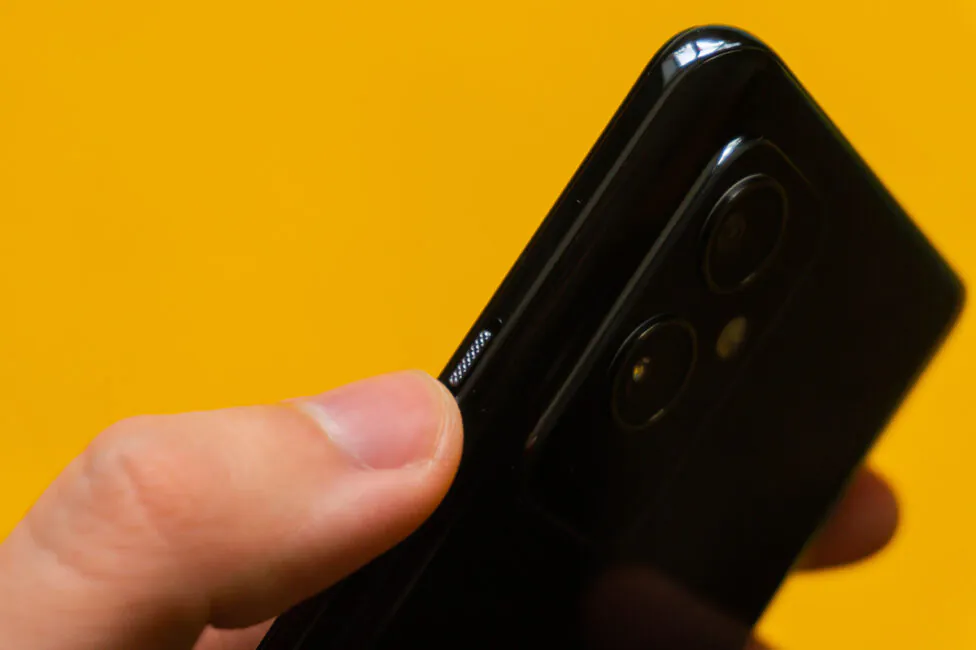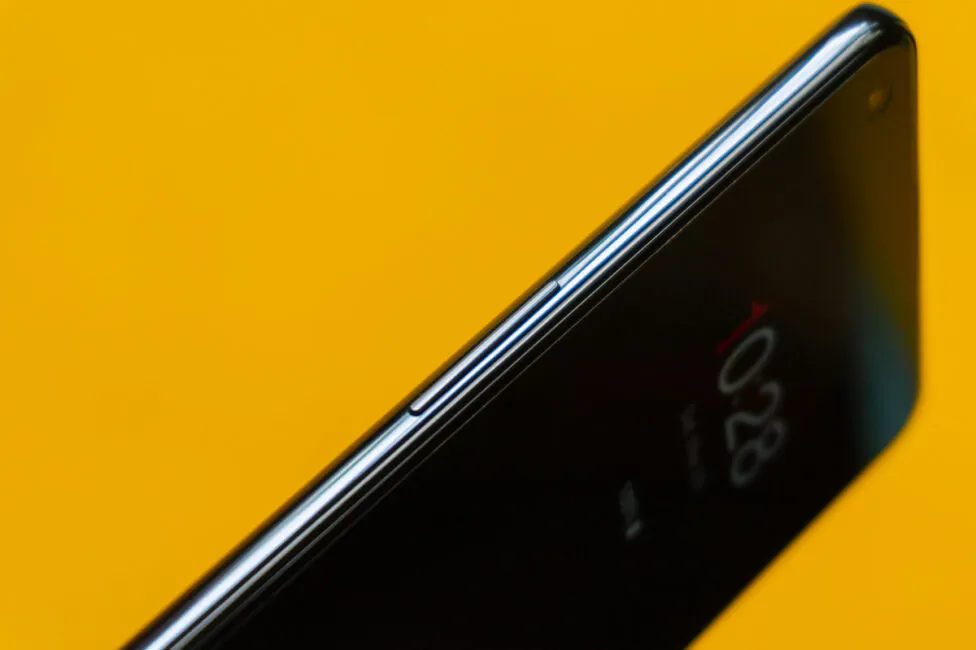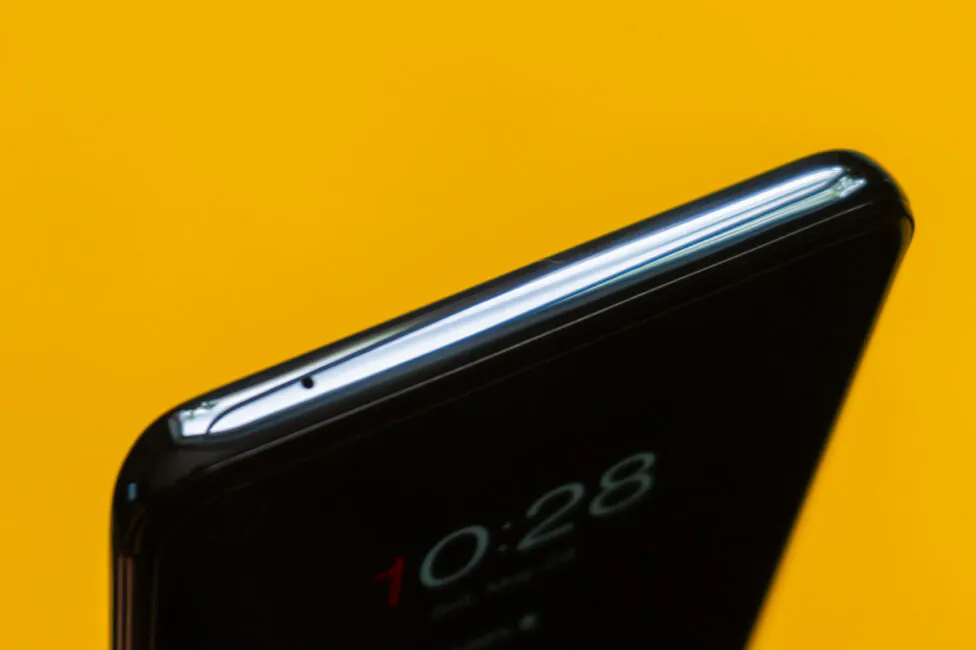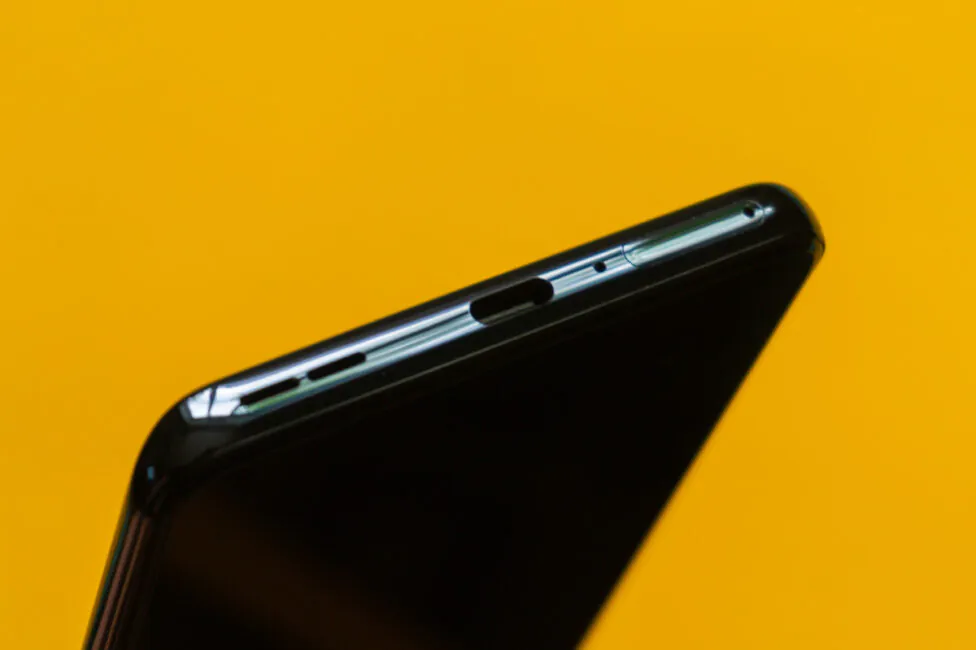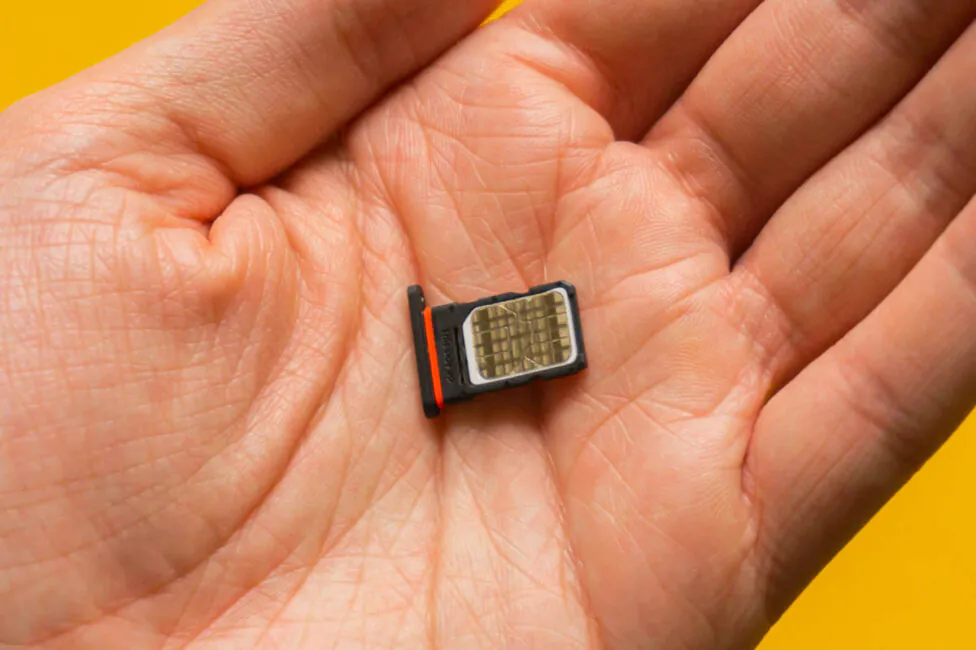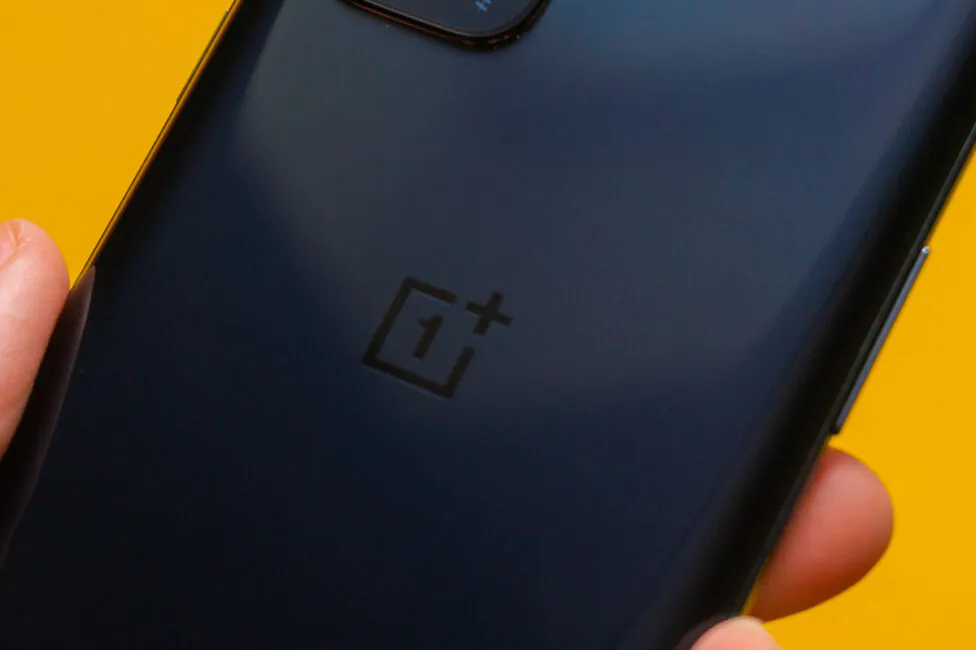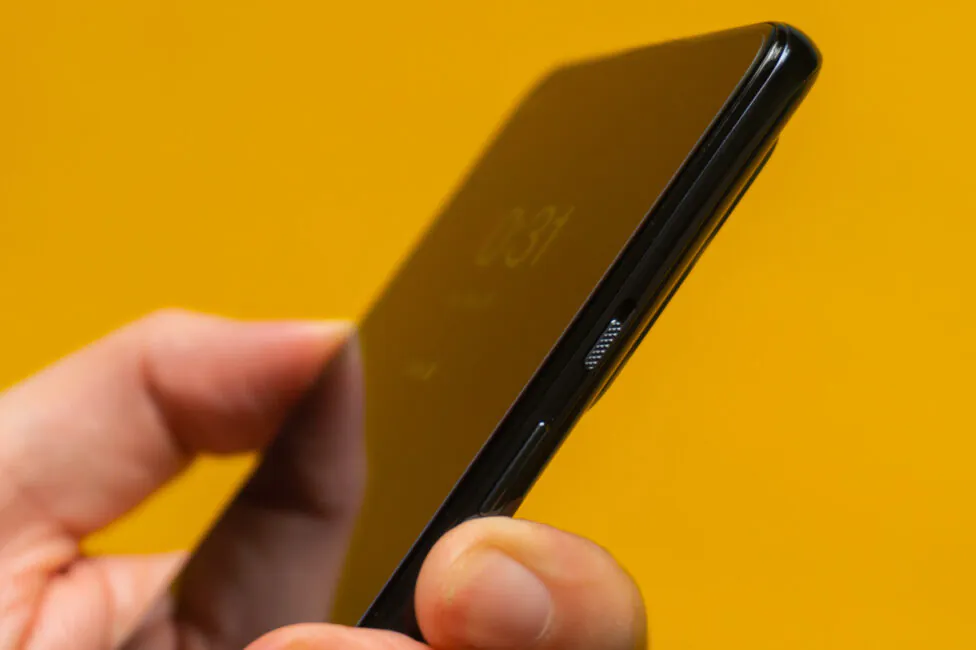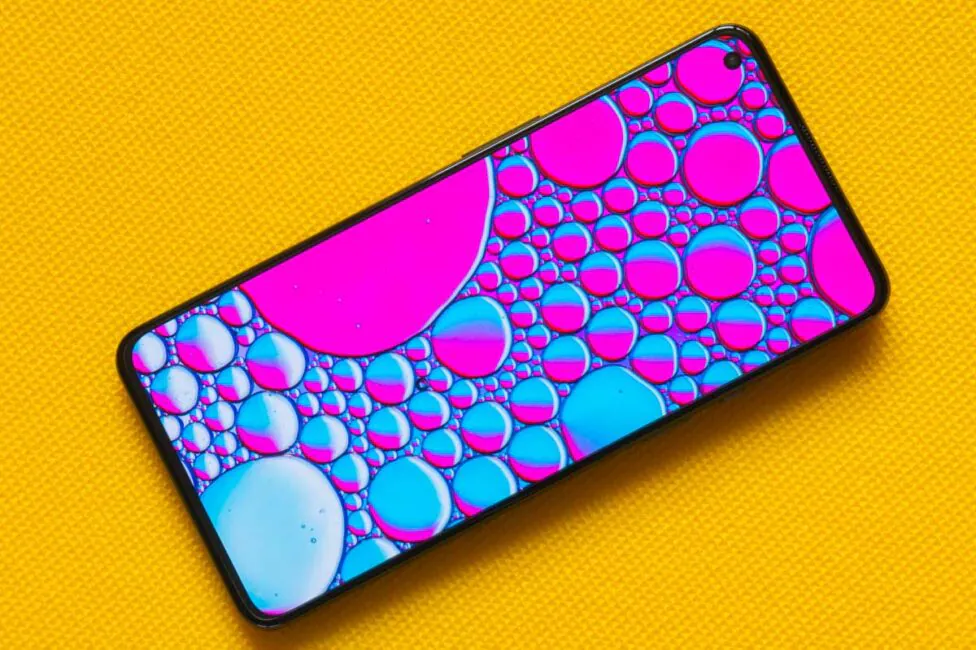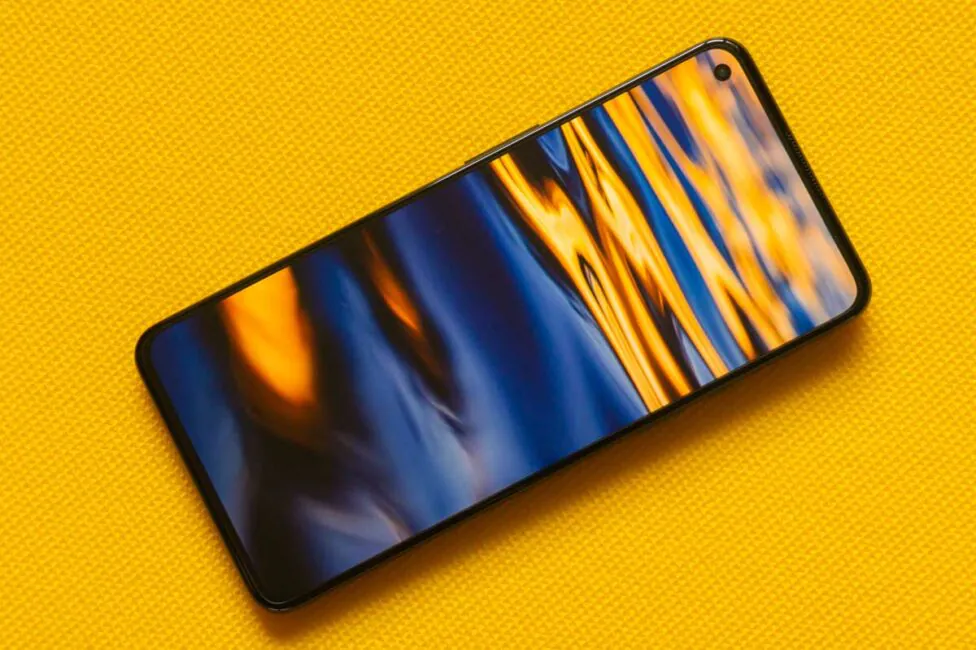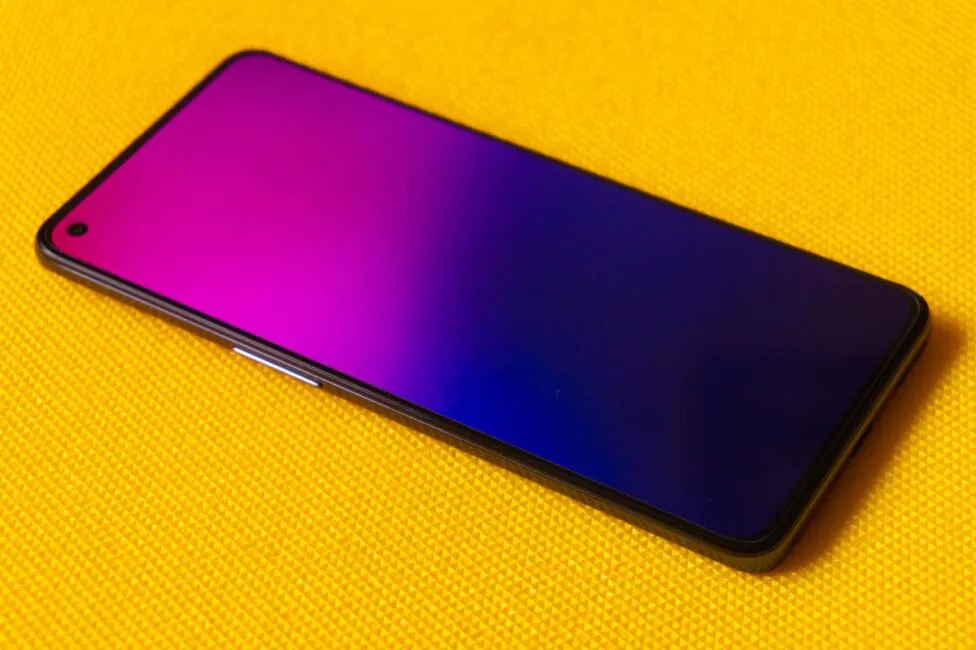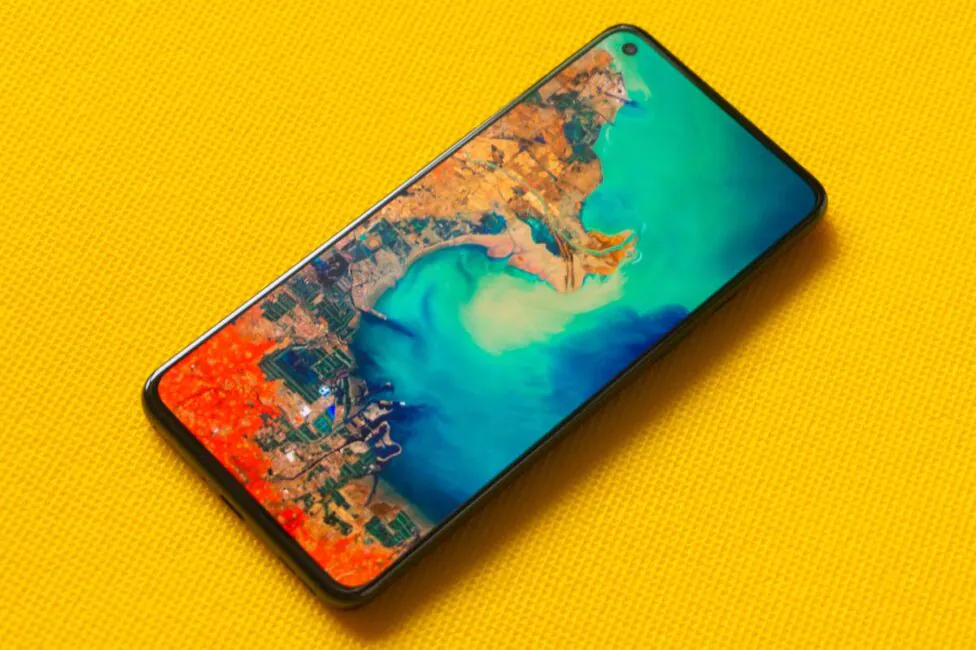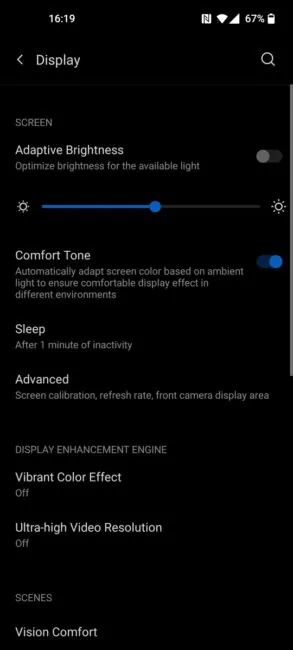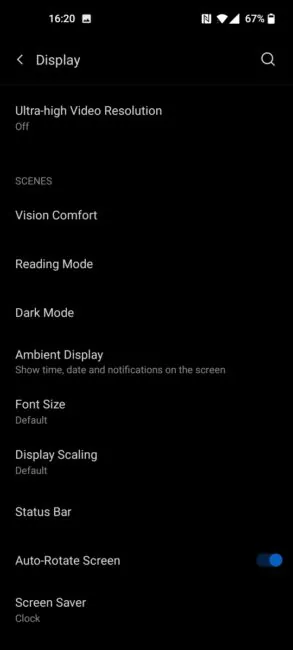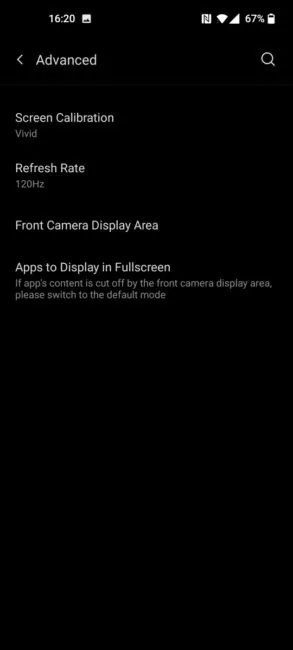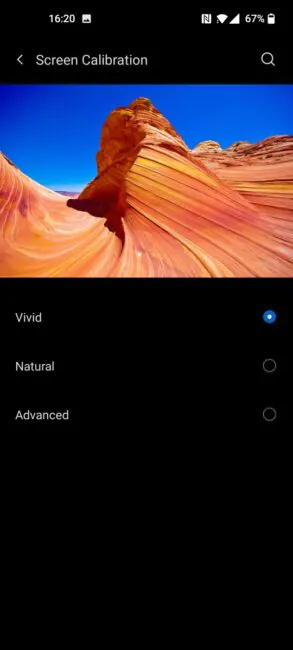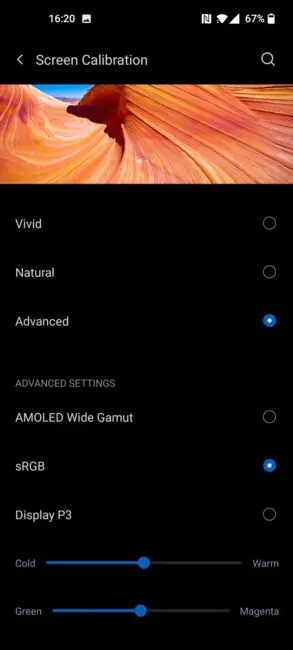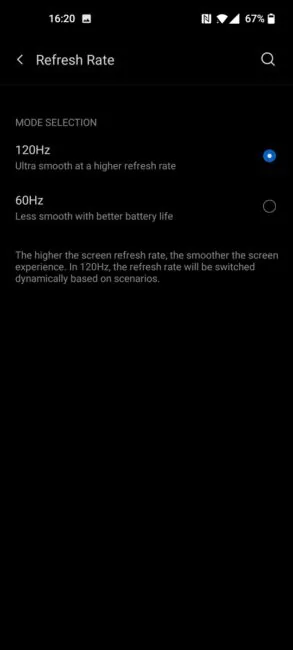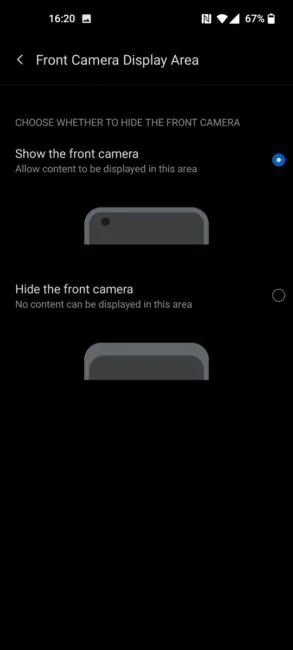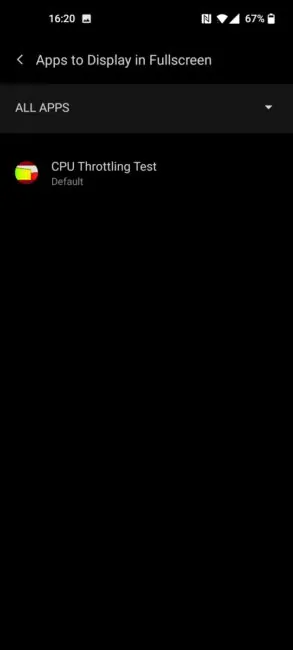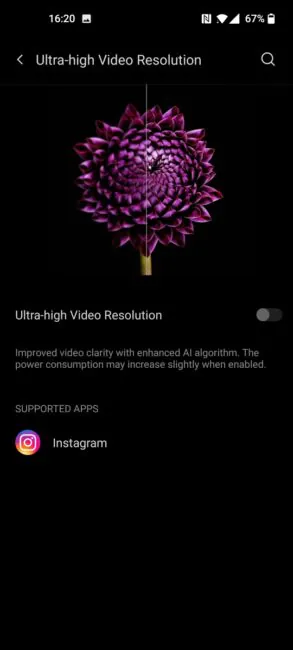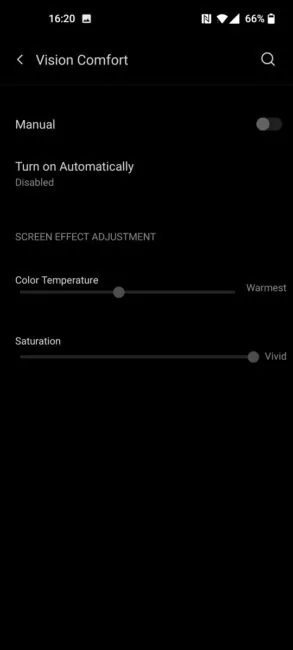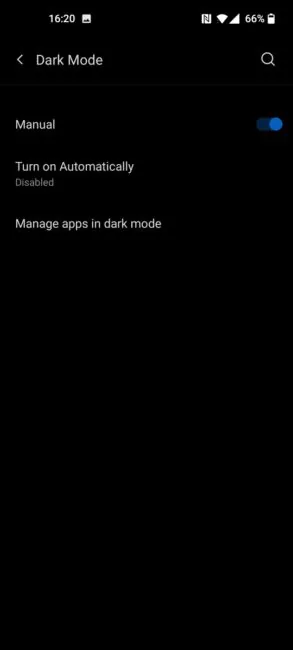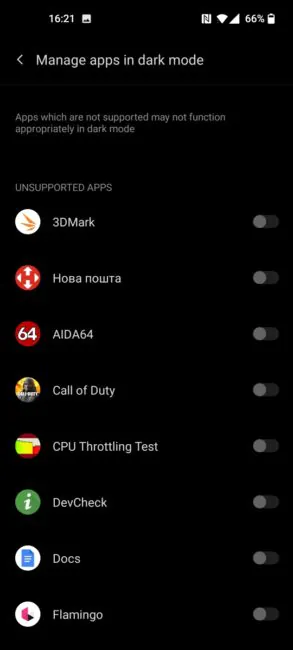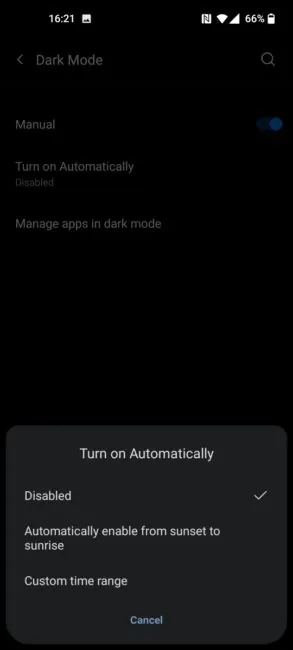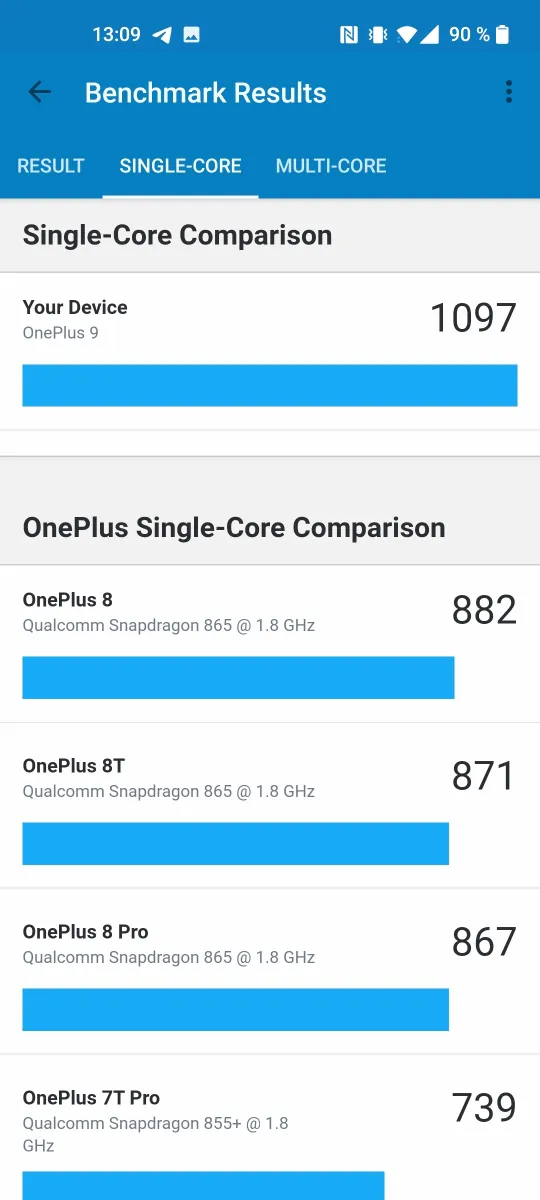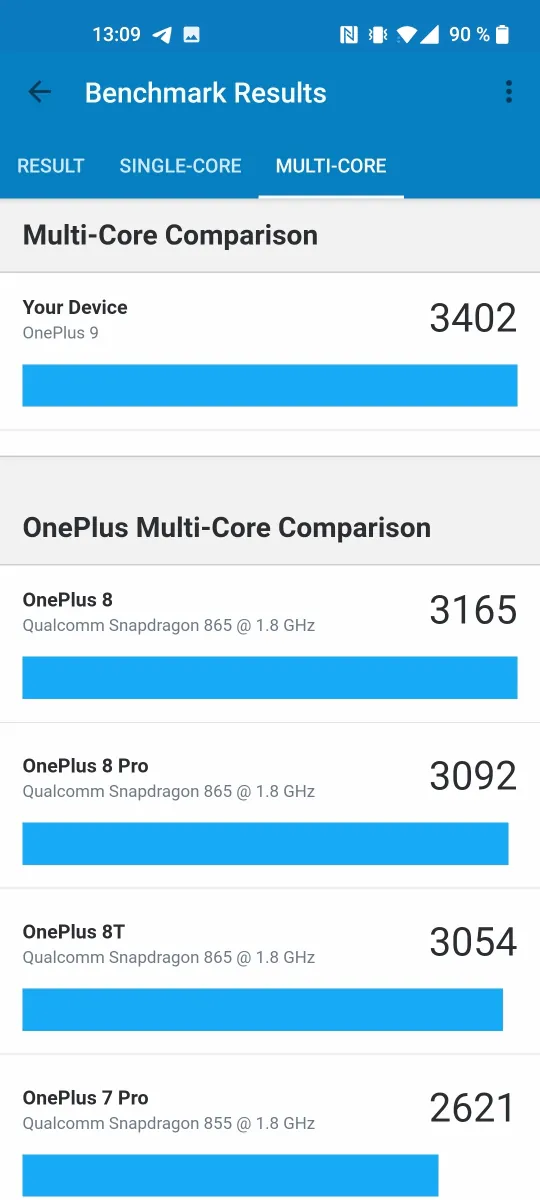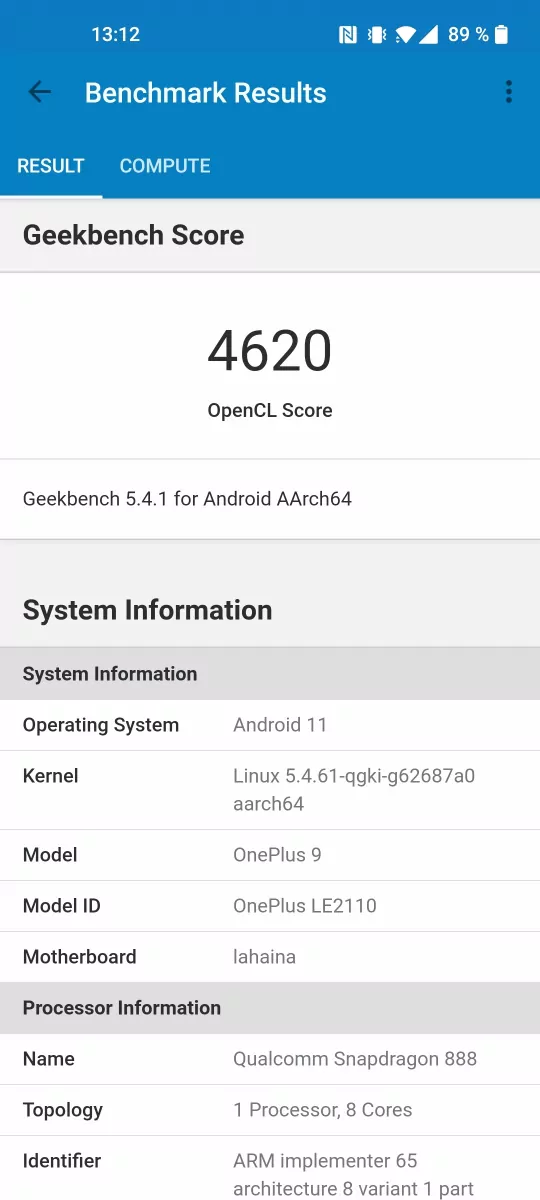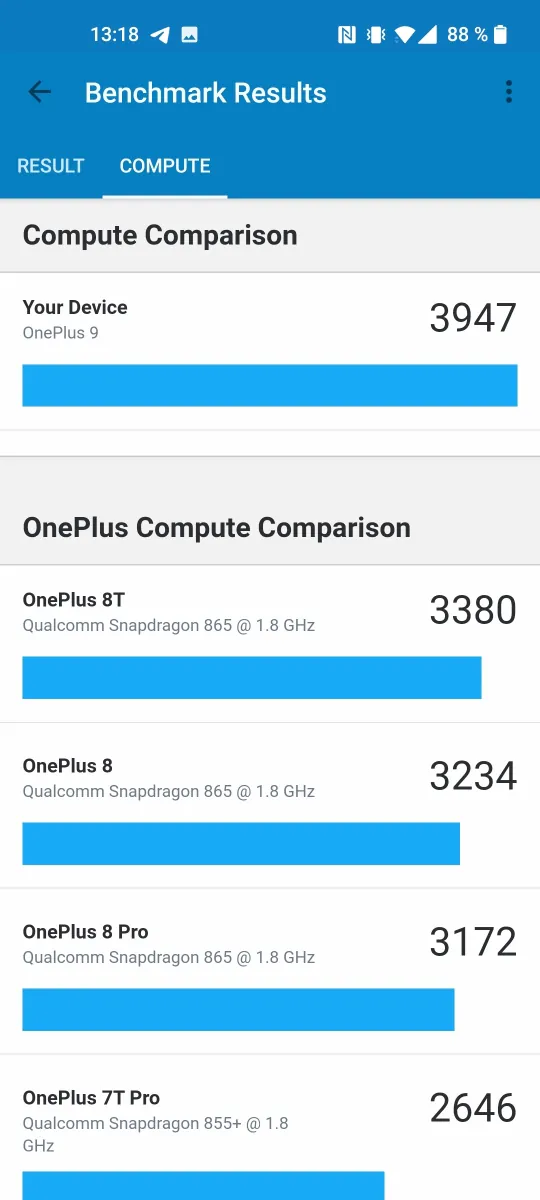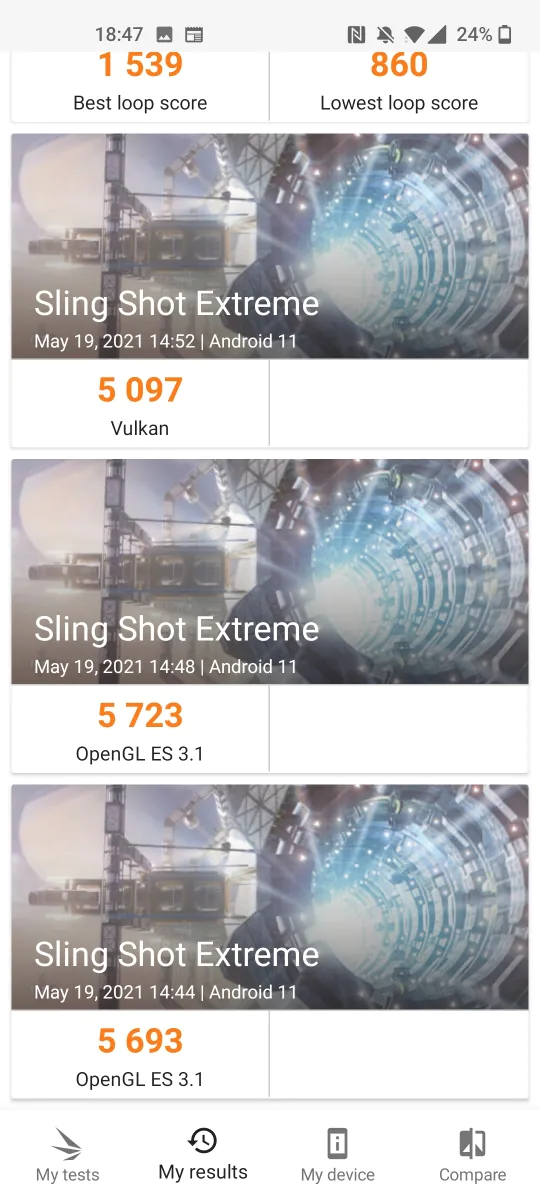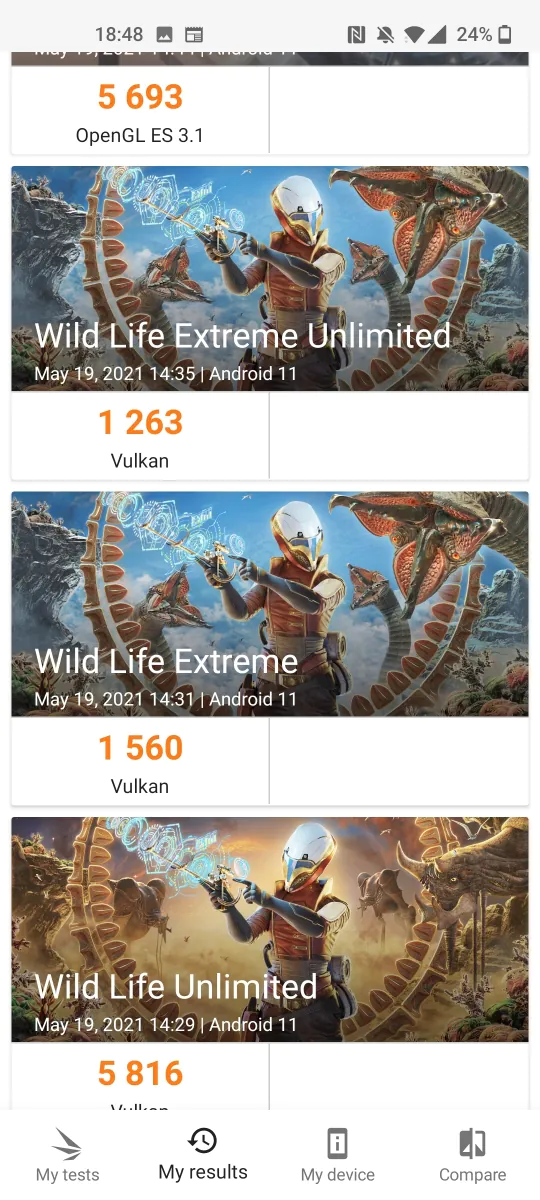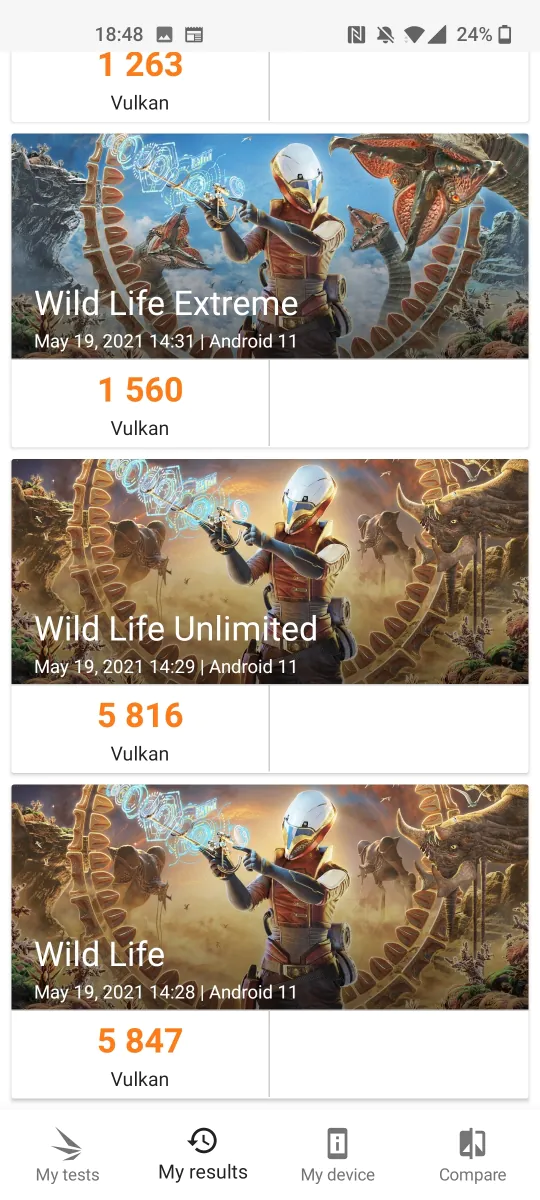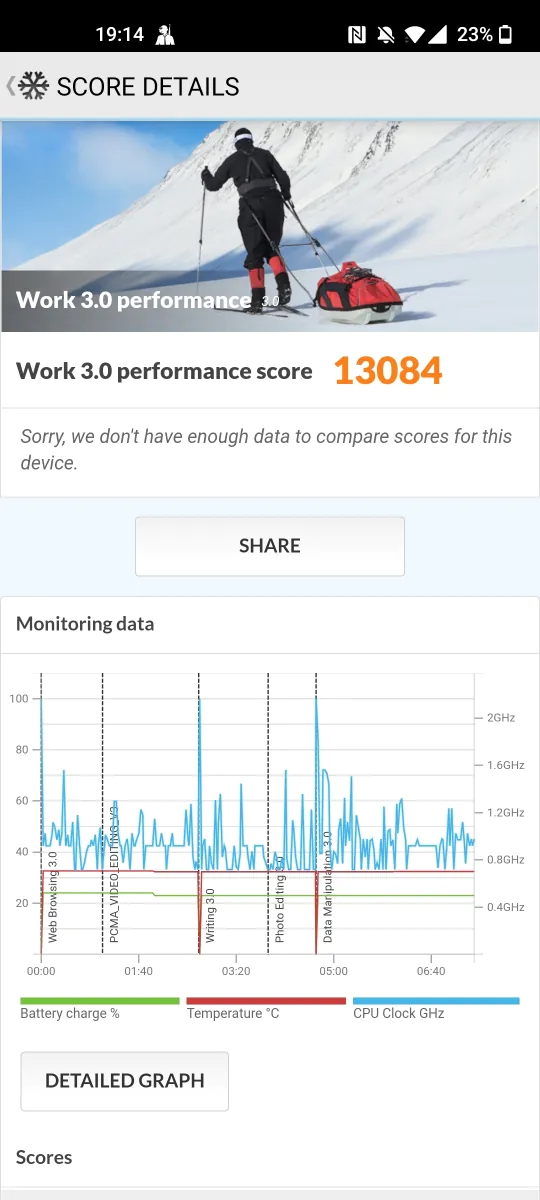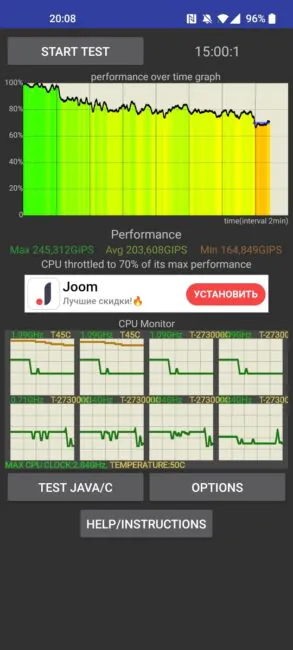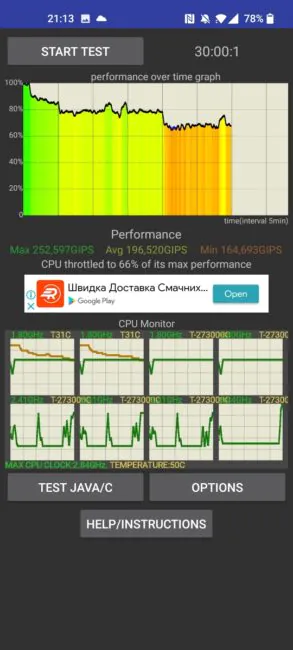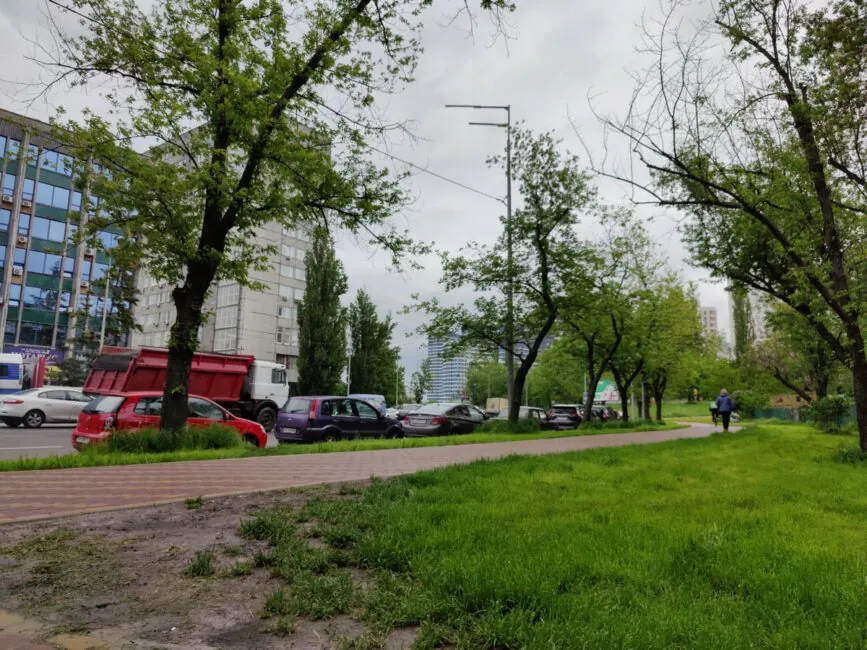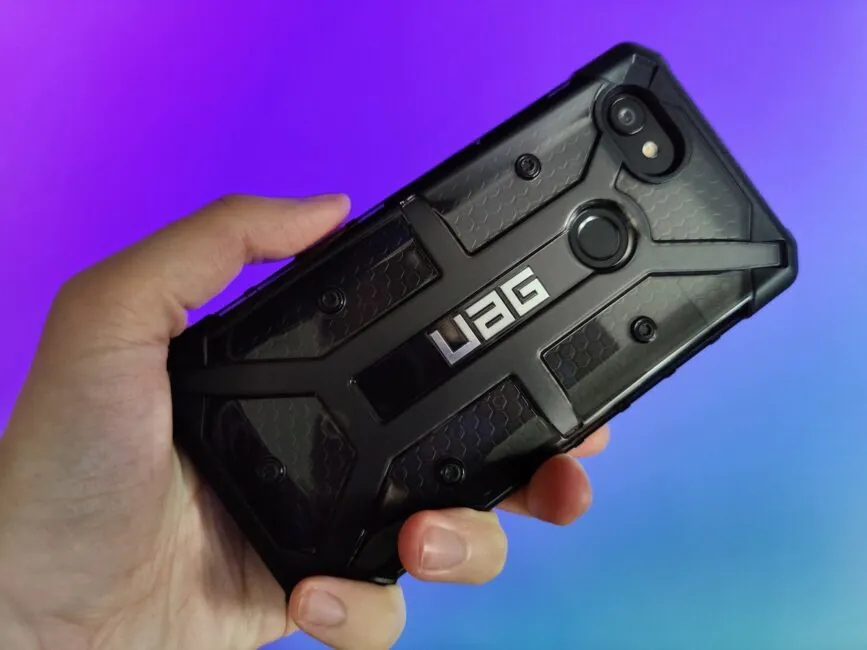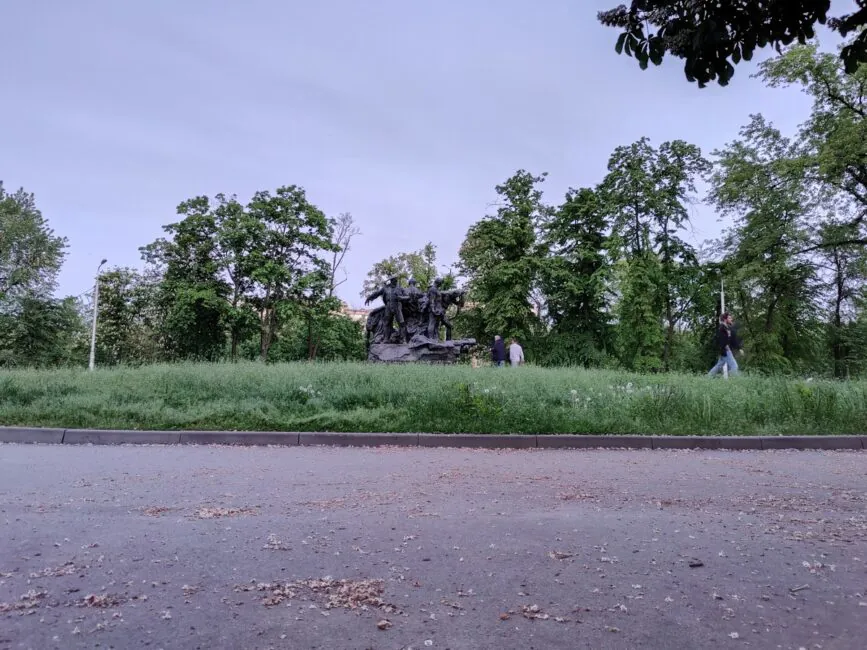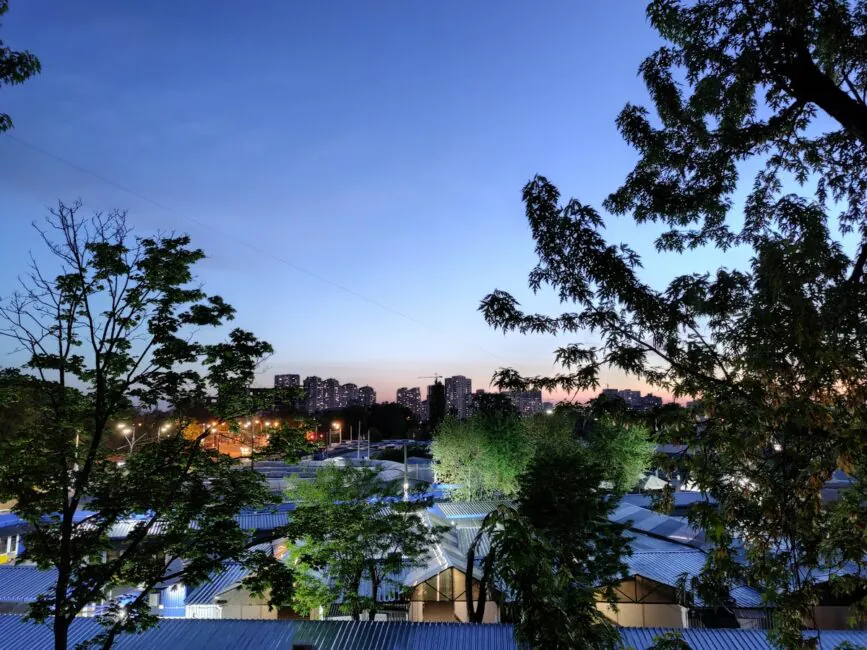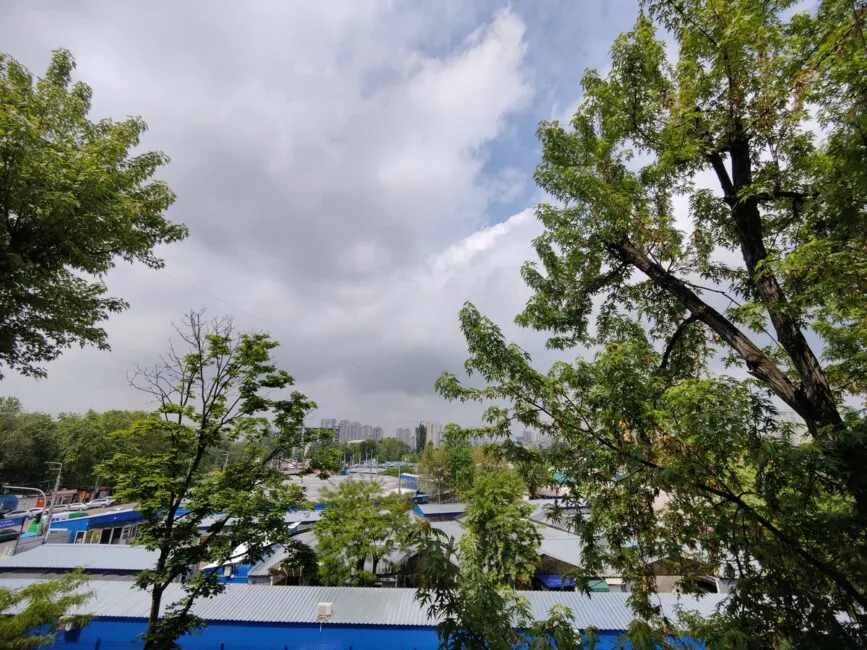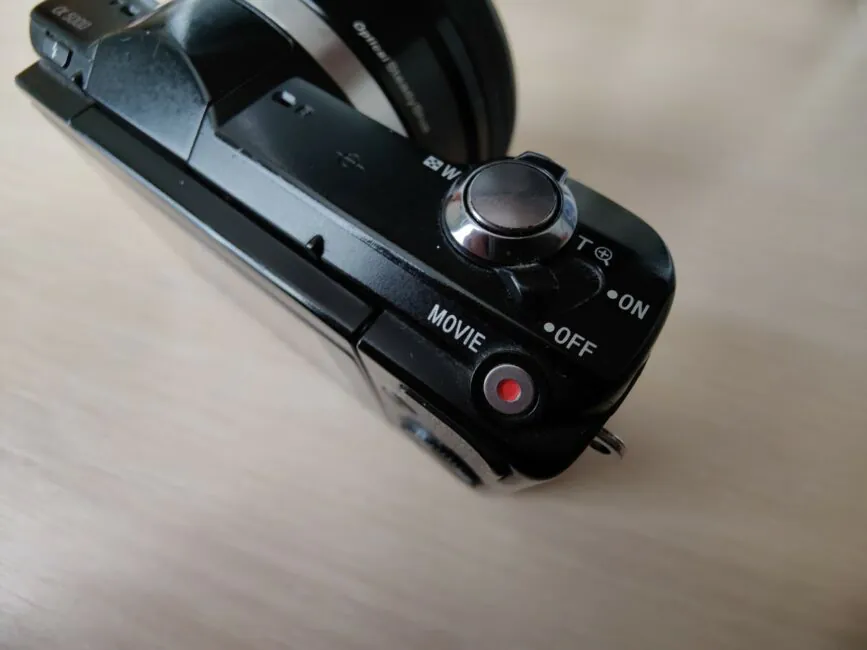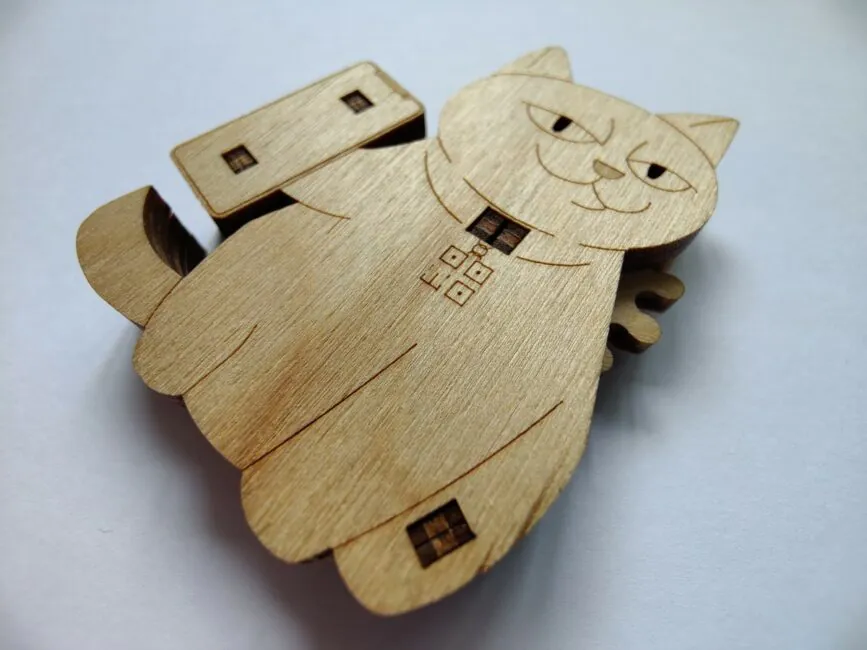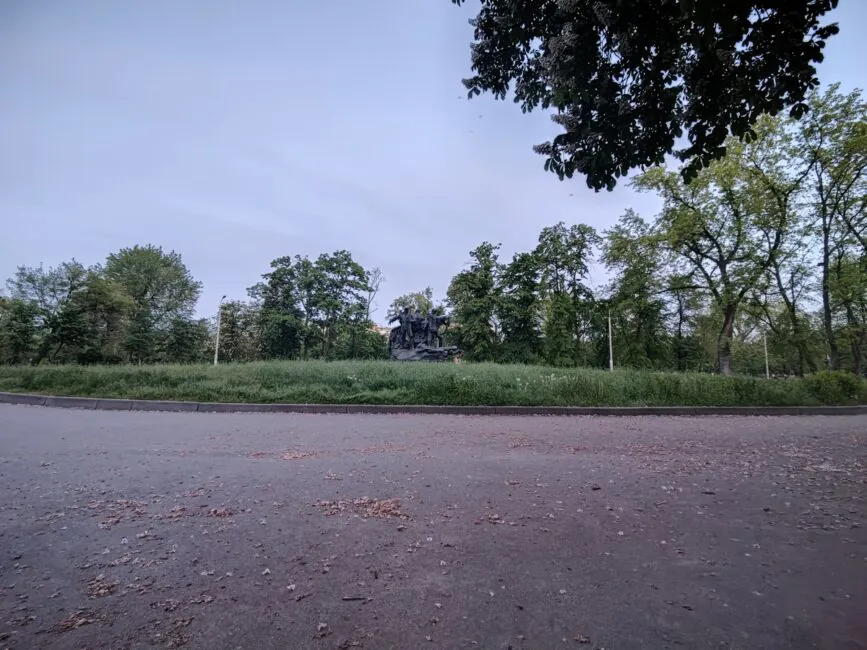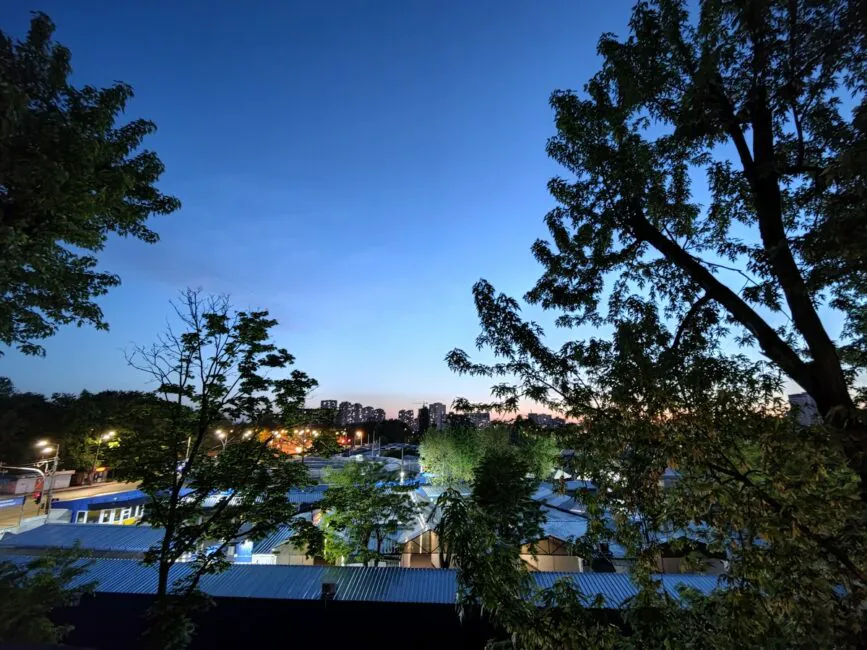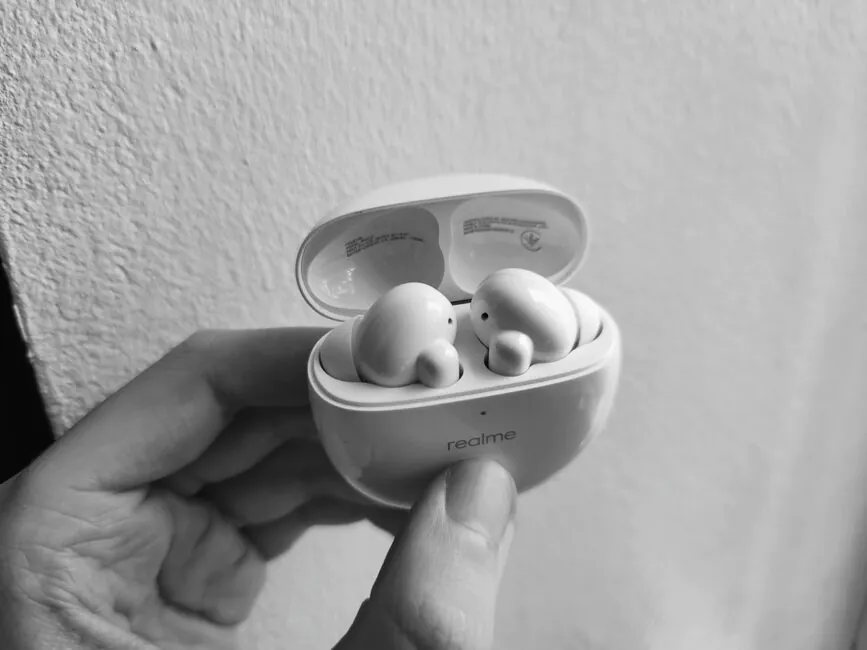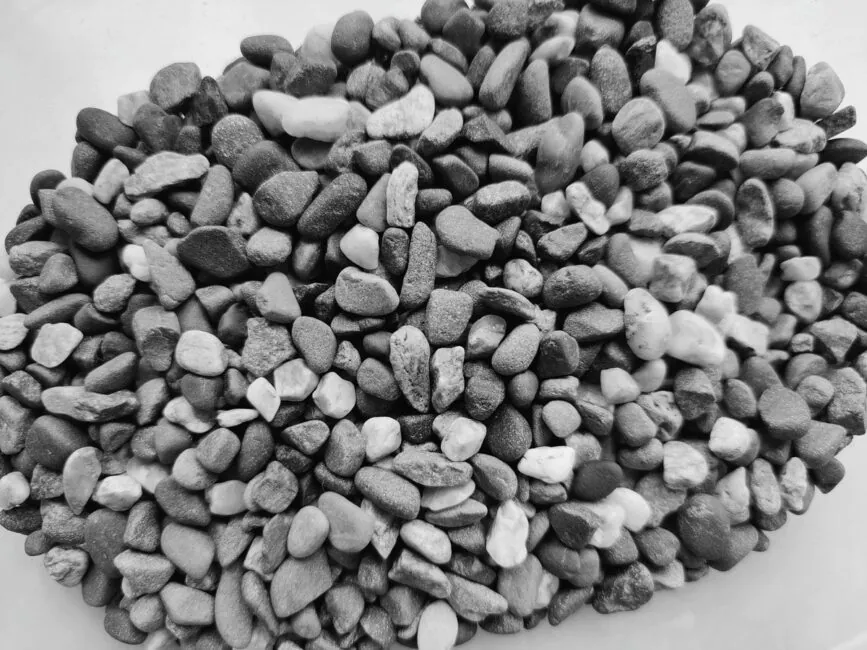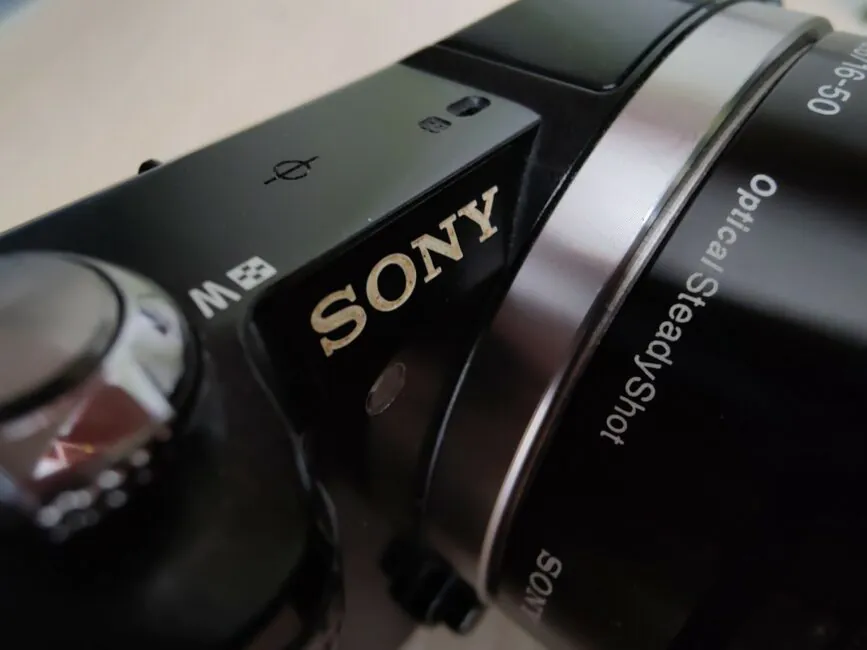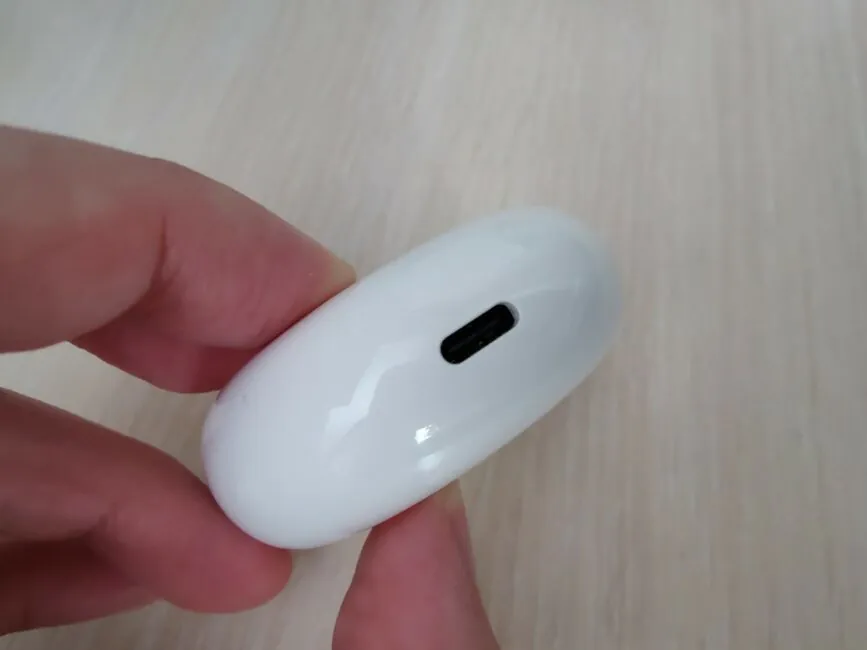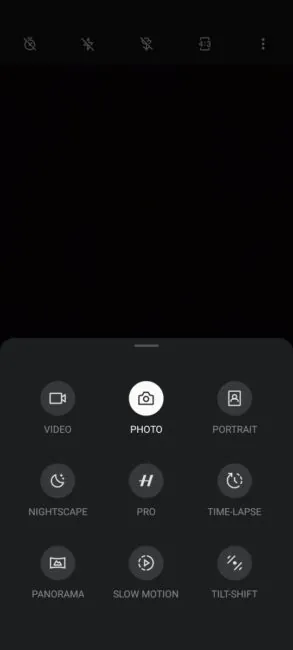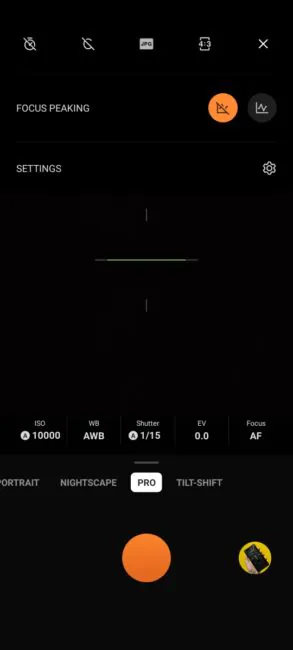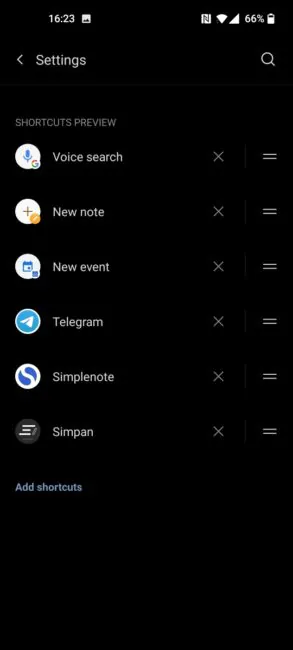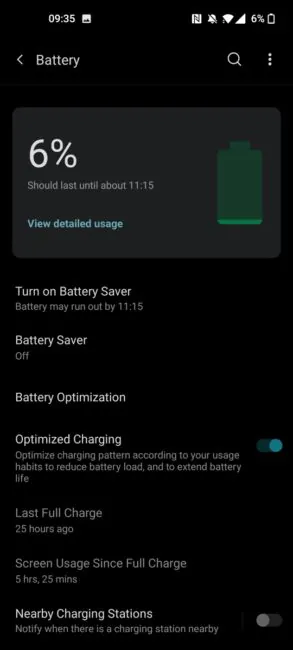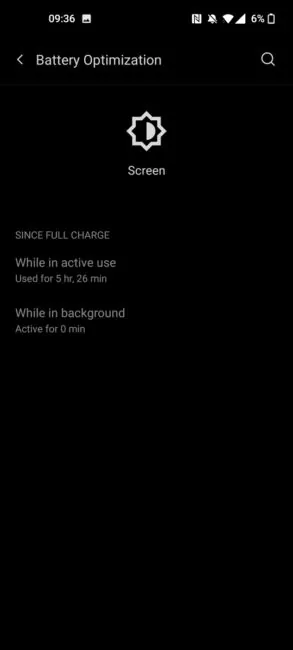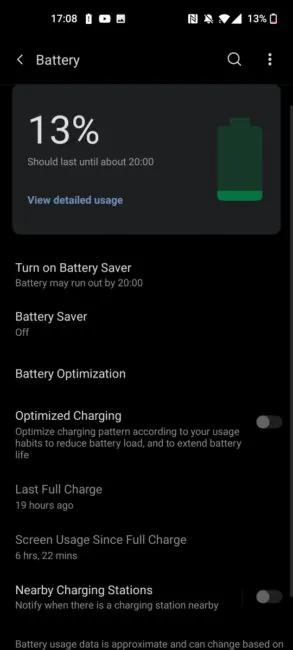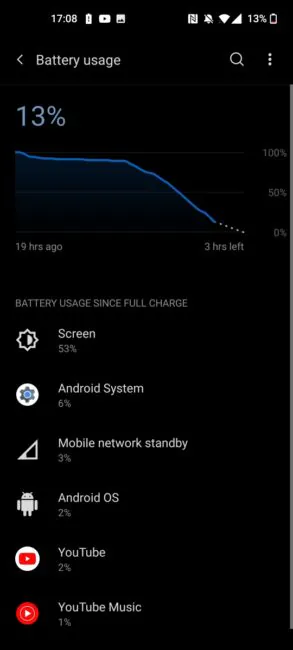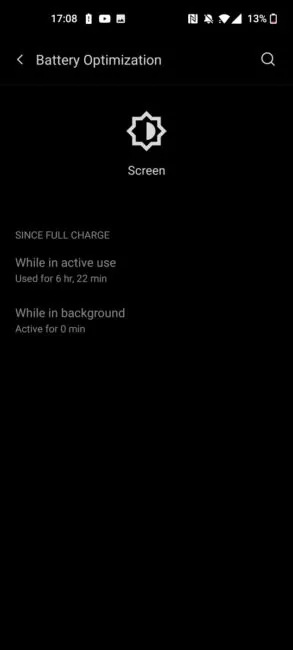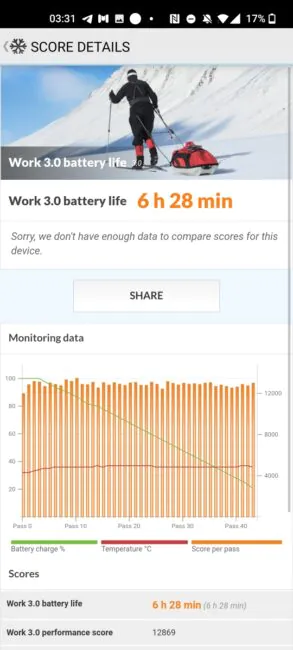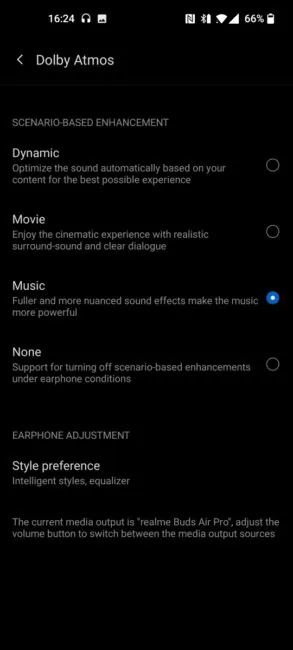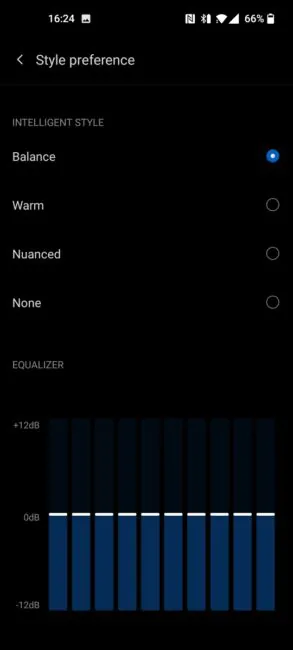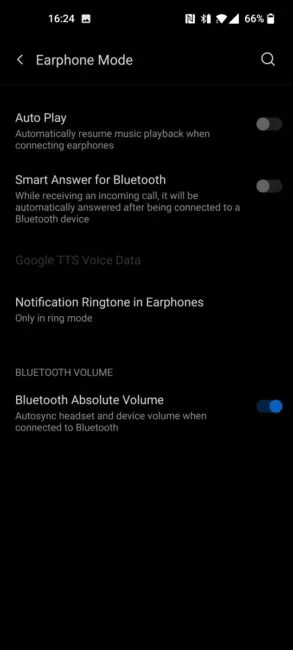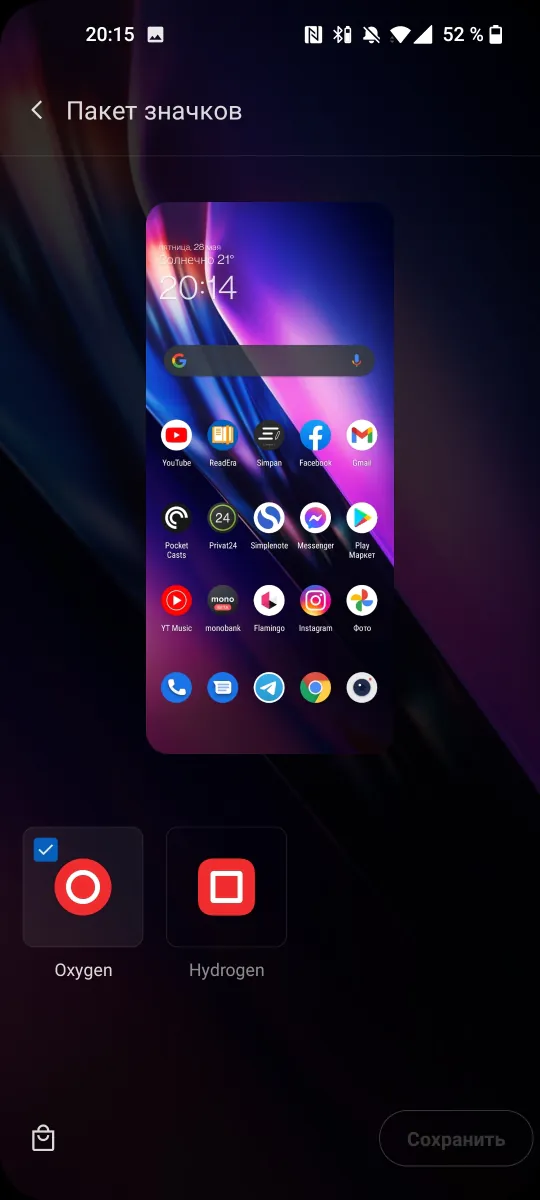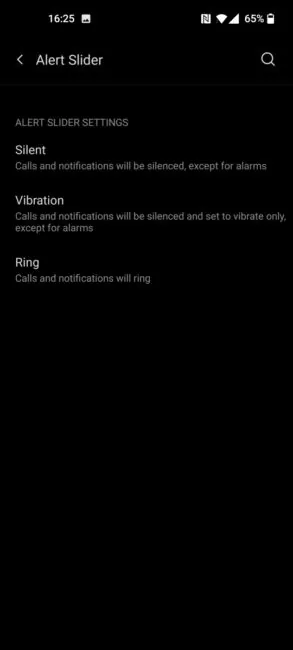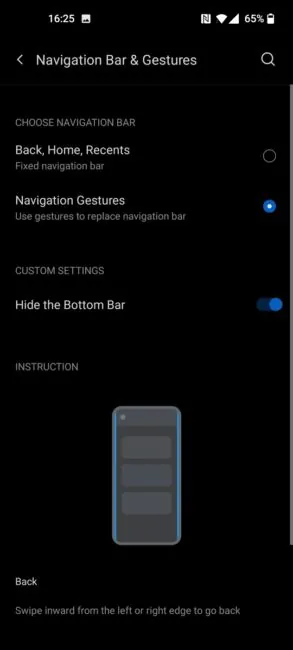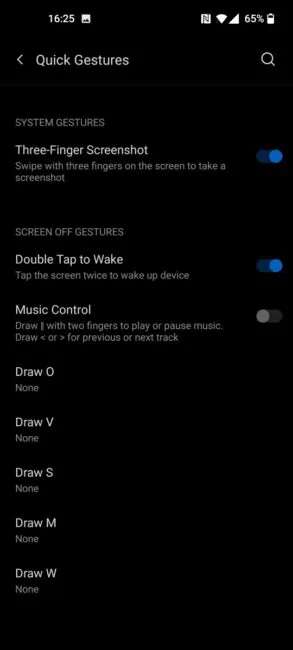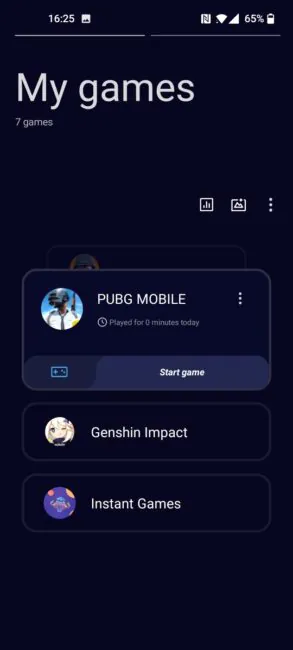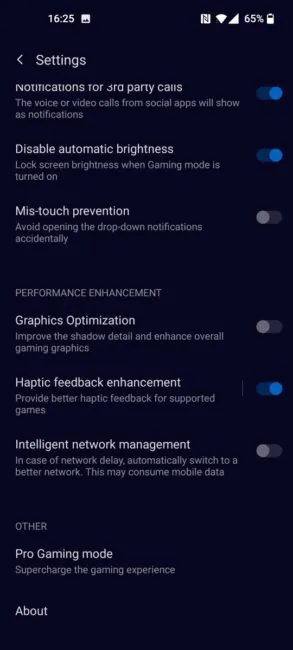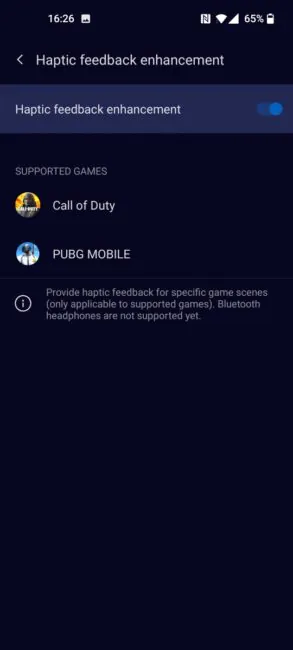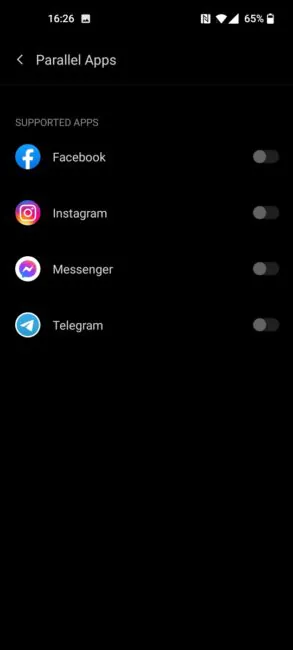© ROOT-NATION.com - Use of content is permitted with a backlink.
In March of this year, OnePlus announced three new 9 series smartphones. The current lineup includes the top-end flagship OnePlus 9 Pro, a slightly simpler 9 and the most basic version, the OnePlus 9R. Today we will take a closer look at the classic OnePlus 9 and find out how it differs from its older and little brothers, as well as figure out whether it is worth paying attention to this smartphone at all when there is a more affordable 9R and an advanced 9 Pro.
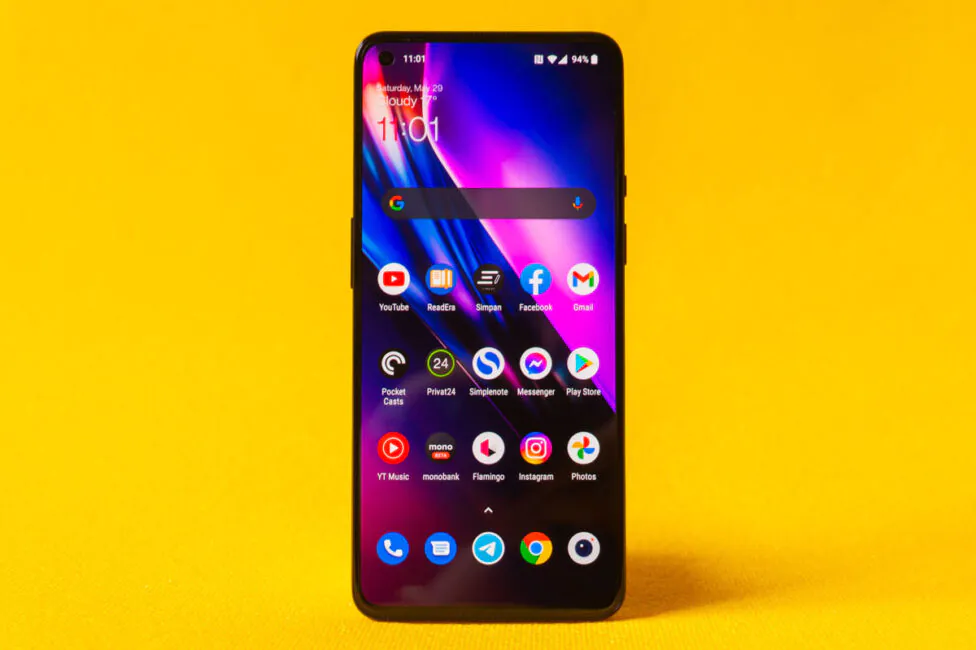
The OnePlus 9 full specifications
| NETWORK | Technology | GSM / CDMA / HSPA / LTE / 5G |
|---|
| LAUNCH | Announced | 2021, March 23 |
|---|---|---|
| Status | Available. Released 2021, March 26 |
| BODY | Dimensions | 160 x 74.2 x 8.7 mm (EU/NA) 160 x 73.9 x 8.1 mm (IN/CN) |
|---|---|---|
| Weight | 192 g (EU/NA) 183 g (IN/CN) (6.46 oz) |
|
| Build | Glass front (Gorilla Glass 5), glass back (Gorilla Glass 5), plastic frame | |
| SIM | Dual SIM (Nano-SIM, dual stand-by) | |
| IP68 (T-Mobile version only) |
| DISPLAY | Type | Fluid AMOLED, 120Hz, HDR10+, 1100 nits (peak) |
|---|---|---|
| Size | 6.55 inches, 103.6 cm2 (~87.6% screen-to-body ratio) | |
| Resolution | 1080 x 2400 pixels, 20:9 ratio (~402 ppi density) | |
| Protection | Corning Gorilla Glass 5 | |
| Always-on display |
| PLATFORM | OS | Android 11, OxygenOS 11.2.6.6 |
|---|---|---|
| Chipset | Qualcomm SM8350 Snapdragon 888 5G (5 nm) | |
| CPU | Octa-core (1×2.84 GHz Kryo 680 & 3×2.42 GHz Kryo 680 & 4×1.80 GHz Kryo 680 | |
| GPU | Adreno 660 |
| MEMORY | Card slot | No |
|---|---|---|
| Internal | 128GB 8GB RAM, 256GB 12GB RAM | |
| UFS 3.1 |
| MAIN CAMERA | Triple | 48 MP, f/1.8, 23mm (wide), 1/1.43″, 1.12µm, omnidirectional PDAF 50 MP, f/2.2, 14mm (ultrawide), 1/1.56″, 1.0µm, AF 2 MP, f/2.4, (monochrome) |
|---|---|---|
| Features | Hasselblad Color Calibration, dual-LED flash, HDR, panorama | |
| Video | 8K@30fps, 4K@30/60fps, 1080p@30/60/240fps, Auto HDR, gyro-EIS |
| SELFIE CAMERA | Single | 16 MP, f/2.4, (wide), 1/3.06″, 1.0µm |
|---|---|---|
| Features | Auto-HDR | |
| Video | 1080p@30fps, gyro-EIS |
| SOUND | Loudspeaker | Yes, with stereo speakers |
|---|---|---|
| 3.5mm jack | No | |
| 24-bit/192kHz audio |
| COMMS | WLAN | Wi-Fi 802.11 a/b/g/n/ac/6, dual-band, Wi-Fi Direct, DLNA, hotspot |
|---|---|---|
| Bluetooth | 5.2, A2DP, LE, aptX HD | |
| GPS | Yes, with dual-band A-GPS, GLONASS, BDS, GALILEO, SBAS | |
| NFC | Yes | |
| Radio | No | |
| USB | USB Type-C 3.1, USB On-The-Go |
| FEATURES | Sensors | Fingerprint (under display, optical), accelerometer, gyro, proximity, compass, color spectrum |
|---|
| BATTERY | Type | Li-Po 4500 mAh, non-removable |
|---|---|---|
| Charging | Fast charging 65W, 1-100% in 29 min (advertised) Fast wireless charging 15W (EU/NA only) USB Power Delivery |
Positioning and price
As I noted at the beginning of the review, the OnePlus 9 is not the most advanced and therefore not the most expensive 9 series smartphone from OnePlus. It exists with only two memory modifications, which are 8/128 GB and 12/256 GB; the manufacturer asks $699 and $799 for them, respectively.
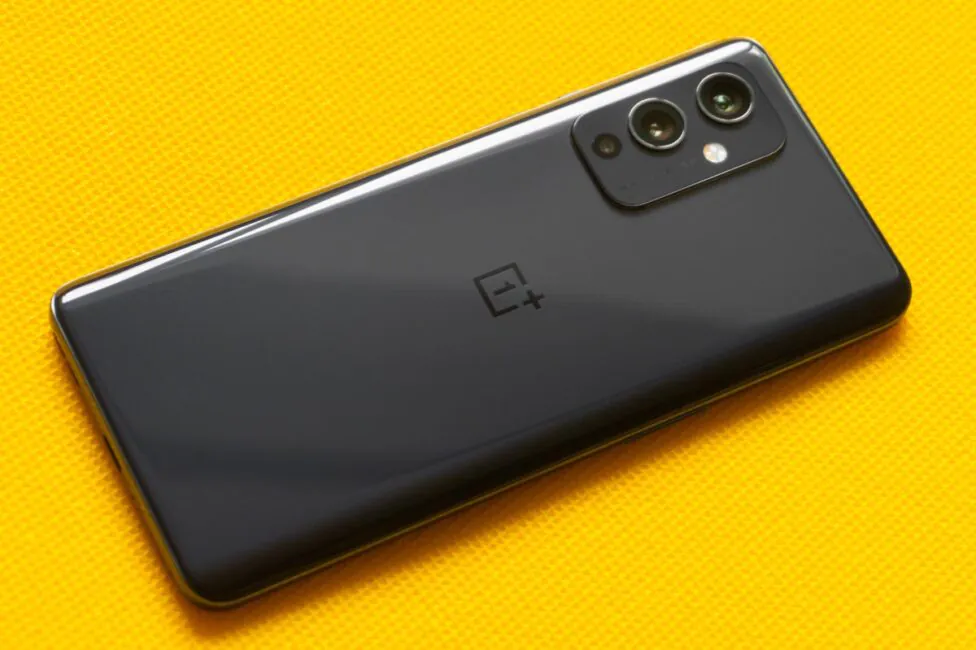
The smartphone has not significantly risen in price compared to its predecessor, the OnePlus 8T model, and, of course, it is still much cheaper than the Pro version.
What’s in the box
The OnePlus 9 comes in a large box made of thick cardboard with a bright red design in the usual style for the company. Inside, in addition to the smartphone, you can find a 65W Warp Charge USB-C power adapter, a traditional red cable with a pair of clips. The accessories are, as usual, in red and white colors. There is also a transparent silicone case, a SIM eject tool, a set of OnePlus stickers and some paper documentation.
The cover has a completely glossy back and matte rough edges. There are all the necessary slots and holes, the power and volume buttons are duplicated. The side above the screen is not very high, but due to its reinforced corners, the smartphone in the case can be safely laid with the screen down. The protruding camera block is also protected. Plus, there is a protective film of good quality on the screen of the device right out of the box.
Design, materials and build quality
Compared to its predecessor, the OnePlus 9 as a whole has not received any bright special or non-standard solutions. Its design remained somewhat familiar and in this model the manufacturer, roughly speaking, changed only the type of rear plate with cameras. On the one hand, I would like to have something new, but on the other, there is nothing to change.
From the front, the smartphone looks exactly the same as the 8T. It does not differ much from the classic OnePlus 8. It has rather thin frames and a neat notch of the front-facing camera in the upper left part. But unlike the Pro version, here the glass in front is not curved. Even if it looks a little simpler visually, there is clearly more practicality in this design.
There is nothing to add about the back plate. In our case, the smartphone is in black (Astral Black) and without any iridescent effects or gradients. The cameras are placed on a vertical rectangular block with rounded corners. The panel is made of glass, two of the three eyes are additionally ringed and there is a small Hasselblad inscription, which is almost invisible (which is good).
In addition to this unremarkable black color, the smartphone is also offered in purple (Winter Mist) and blue (Arctic Sky) colors. In all three cases, the finish of the body elements will be the same.
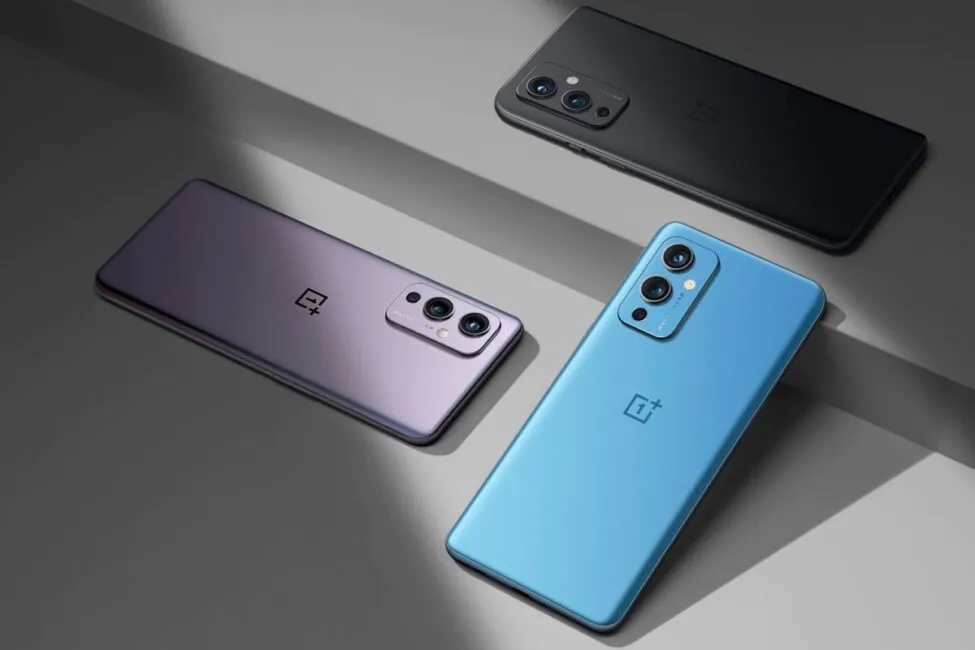
And here there is something to discuss, since in the original OnePlus 9 the manufacturer decided to save money and instead of the aluminum, traditional for flagships, used plastic. But why?
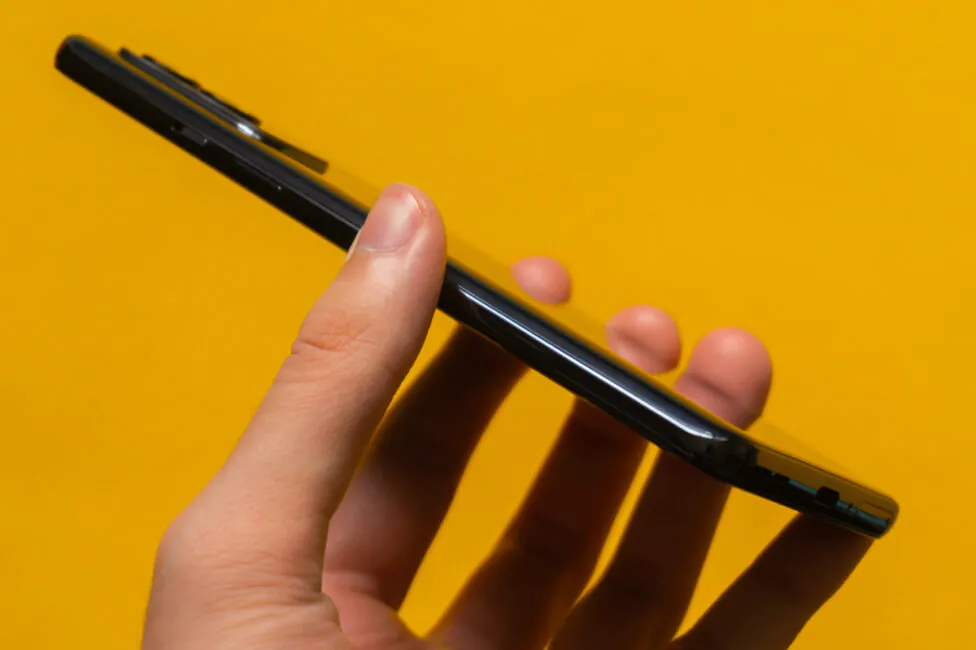
It’s more of a mid-ranger, because the same 9R is cheaper, but even 9R has an aluminum body. I don’t understand this step at all, at all. They tried to disguise the plastic frame as metal, but the tactile sensations are not the same and it is just weird that somewhere there is a more affordable OnePlus 9R with top-end materials. The body is glossy, and it gets dirty quickly, and it’s rather slippery.
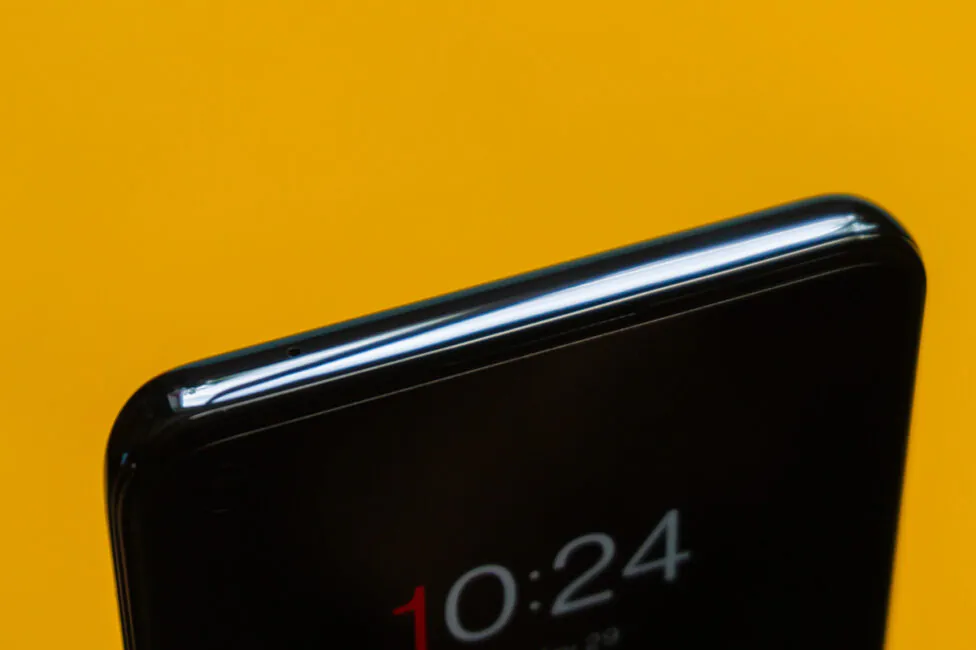
Fortunately, at least they did not save money here and installed Gorilla Glass 5 with an oleophobic coating. The smartphone actively collects fingerprints and smudges, and does not resist dust.
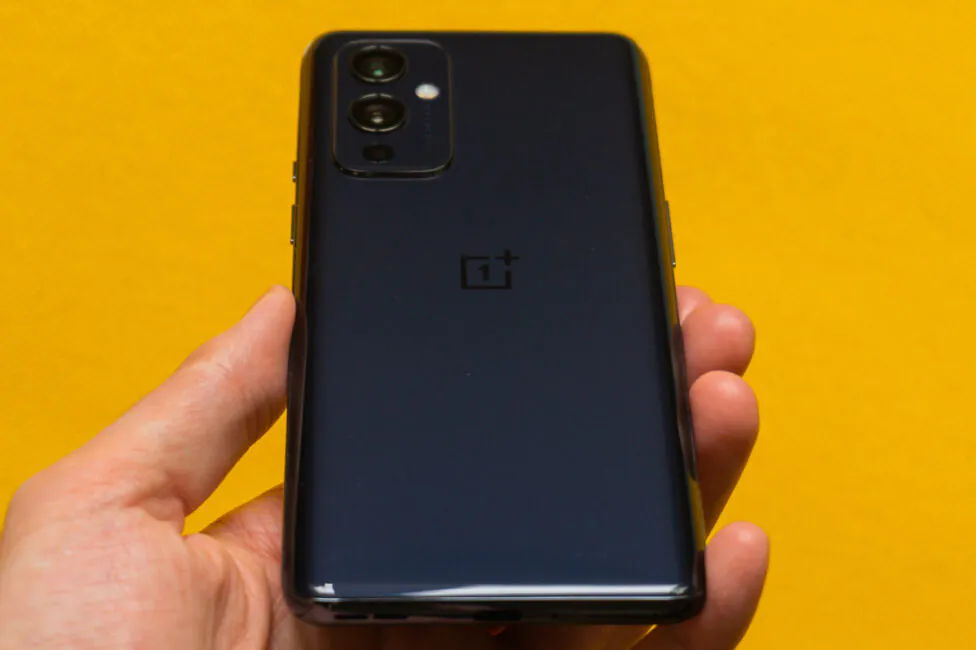
There is one interesting and important nuance associated with the dust and moisture protection of the OnePlus 9. If the 9 Pro is protected from dust and moisture and has IP68 certification, then in the case of the OnePlus 9 it is not as simple. The manufacturer has not officially announced IP68, but the T-Mobile version of the phone does have one. It is very unlikely that unlocked smartphones are different in any way.
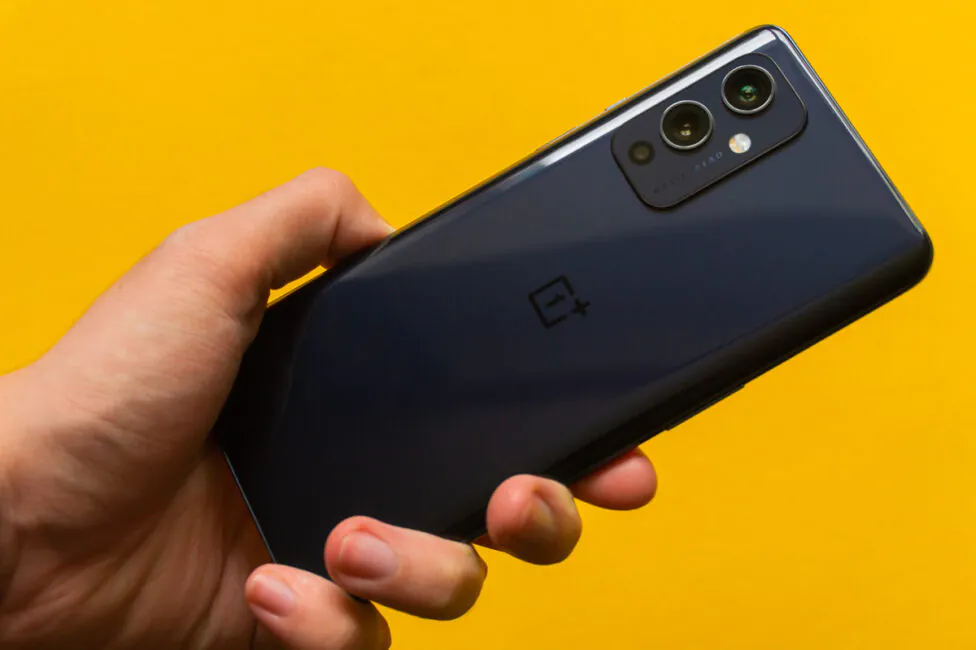
In theory, all devices undergo the same tests. Therefore, in theory, the smartphone is protected from dust and moisture, but this is “officially” confirmed only in the locked version. I couldn’t risk and check it, but there is definitely a chance that it will easily endure some accidental splash of water or something similar. The build quality is perfect.
Read also
- Xiaomi Mi 11 Review: True Flagship
- Xiaomi Mi 11 Ultra review: Powerful Flagship to Shut Up the Skeptics
The layout
On the front panel, all elements are located at the top. This is a front camera in the upper left corner, a slot for the earpiece and a window with light and proximity sensors to the right of the speaker.
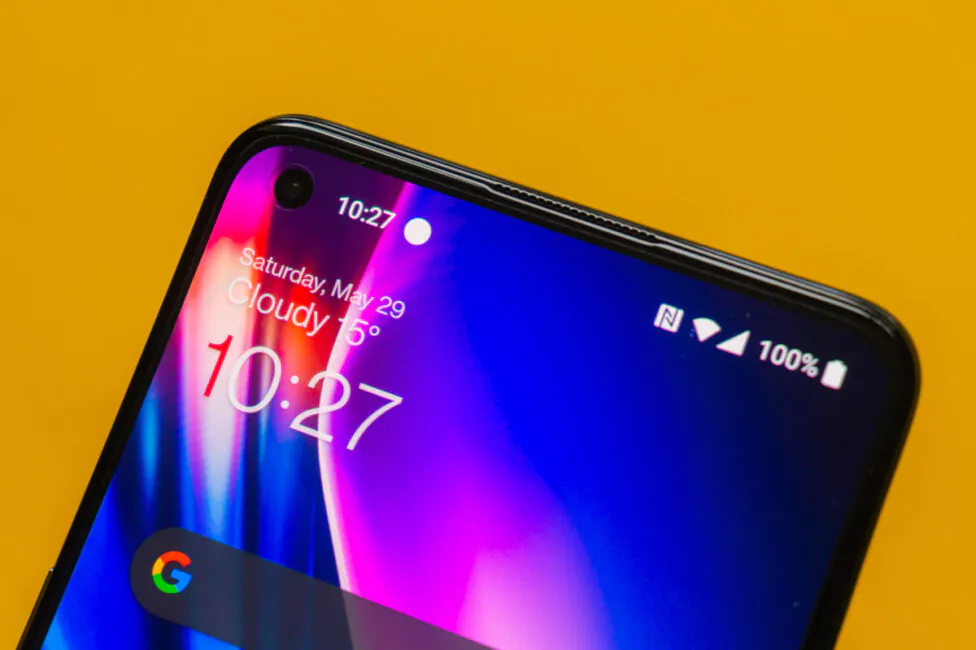
On the right side of the smartphone there is a power button and a proprietary three-position sound mode switch with a textured surface, which has long been a hallmark of the manufacturer’s smartphones. Among all manufacturers of Android devices, this feature remained only with OnePlus.
On the right there is only a volume rocker, on top is an additional microphone for noise cancellation, and on the bottom we have the main multimedia speaker, USB Type-C port, main microphone and a slot for two nanoSIM cards.
At the back you can find a protruding rectangular platform with three camera eyes, flash and Hasselblad lettering. Two cameras protrude and have an additional silver edging. Below the block in the center is the OnePlus logo.
Ergonomics
The OnePlus 9 is not a very large smartphone, since the size of its display is “only” 6.55″. It’s a bit smaller than the conventional 6.6-6.7″, which are often used by manufacturers. The dimensions of the case are 160.0×74.2×8.7 mm, and the device weighs 192 g.
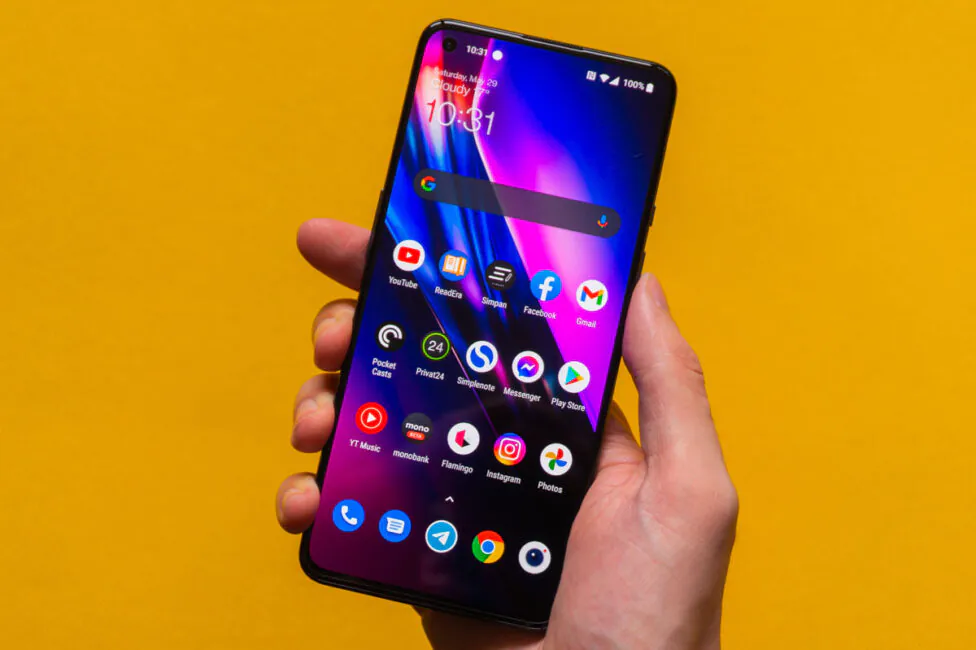
The volume rocker is right at a very good height and it is convenient to press it with both the fingers of the right and left hands. The same can be said about the power button (which is quite large, by the way) together with the mode switch. The latter is easy to distinguish by touch, even blindly, thanks to the textured surface. The case is a little slippery, which isn’t very nice.
However, what you can really complain about is the placement of the fingerprint scanner built into the screen. According to my personal feeling, it is too low and you definitely need to get used to it. It would be very nice if the scanner was 1.5-2 cm higher. So the ergonomics are quite good, but still not ideal for this reason.
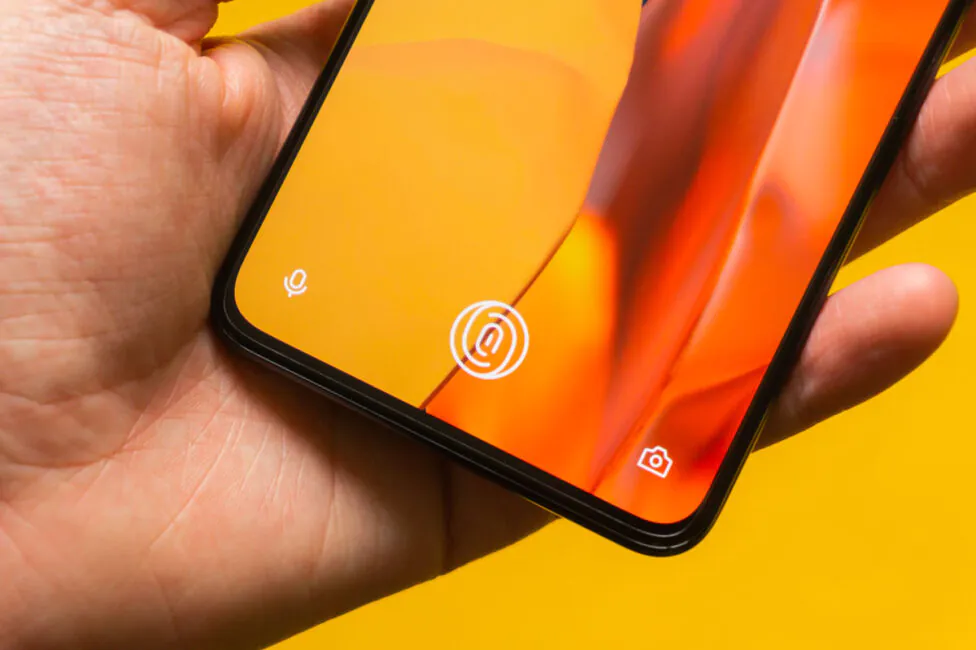
Display
Based on the specs of the display found in the OnePlus 9, it is no different from the screen of its predecessor, the OnePlus 8T. It has the same 6.55″ display and a Fluid AMOLED matrix with a Full HD+ resolution (2400×1080 pixels). The aspect ratio of the screen is elongated 20:9, the pixel density is about 402 ppi, and the manufacturer’s declared peak brightness reaches 1100 nits. The display, of course, supports 120 Hz, as well as HDR10+ technology.
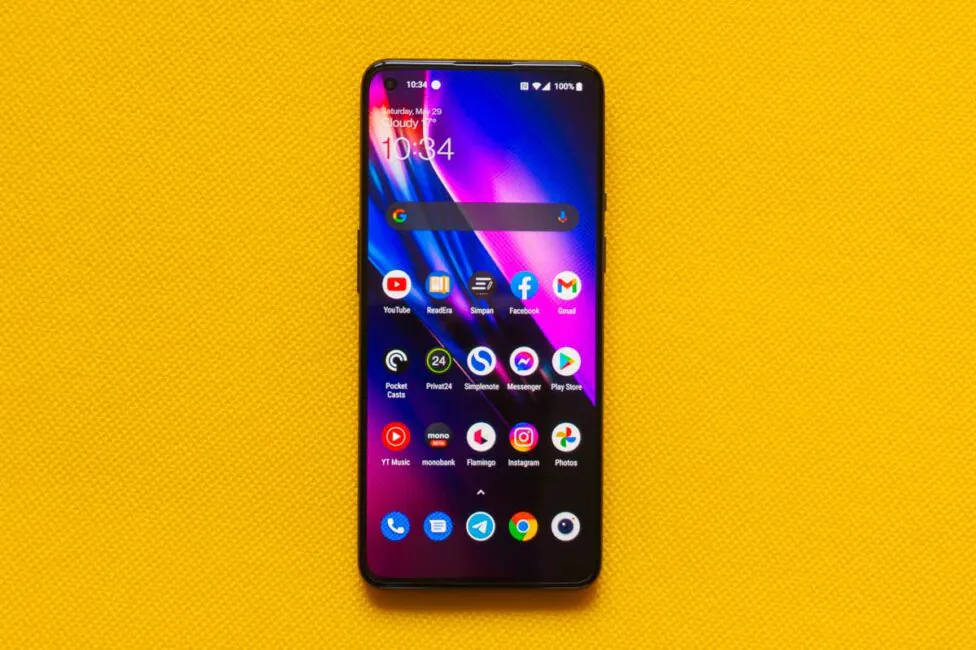
However, the display itself is still decent, even if it’s not new. This is an excellent flagship-level AMOLED panel with traditional features for this type of matrix. There is a large level of maximum brightness, so even on a bright sunny day the information from the display is easy to read.
The viewing angles are good and only the white color at an angle is a little green. The color rendition directly depends on the selected mode in the settings and can be either more neutral and calm, or completely oversaturated, you can choose according to personal preferences. Image quality? It’s great.
The refresh rate of 120 Hz also has a very positive effect on the experience of interacting with the device and the picture is, as expected, smooth. But still, the frequency in order to save battery power can be changed under certain conditions. That is, when the user interacts with the screen, the frequency in most applications and the UI will be set to max. When the image is static, it can drop to 60 or 90 Hz. And in certain apps you can set a limit.
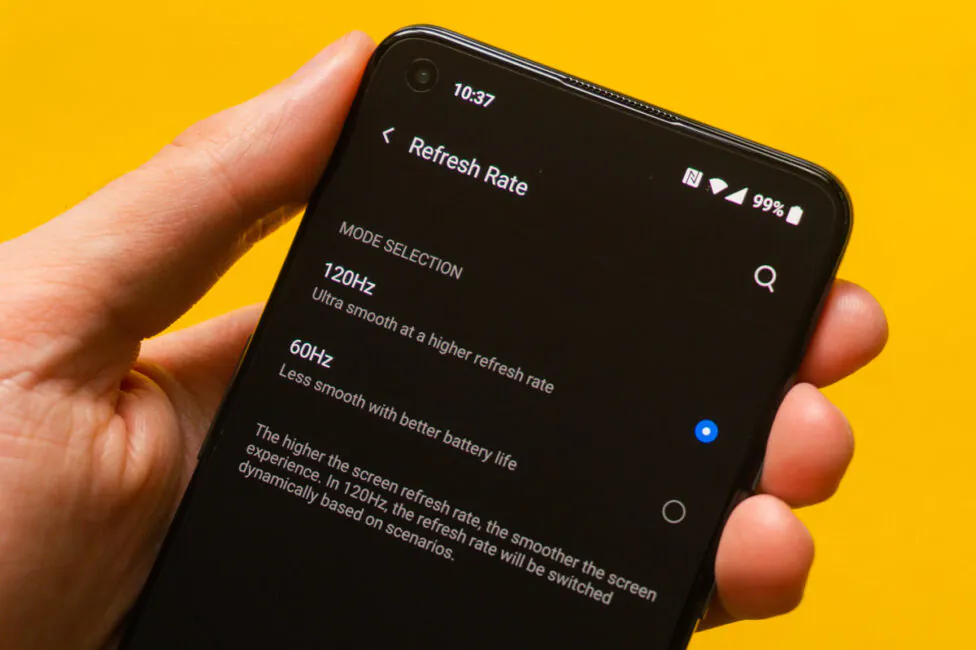
There are a lot of options in the display parameters: automatic adaptation of the screen color depending on the ambient lighting, three color presets, one of which allows you to manually adjust the gamma, tone, and hue. There are only two values for choosing the refresh rate: 60 and 120 Hz. You can hide the area of the front-facing camera with a black area.
In addition, there is the so-called AI-based graphics enhancement engine: dynamic enhancement of video saturation and contrast, as well as ultra-high resolution for video. Although in some places these improvements look overly artificial. Also in the settings there is a function to reduce blue light, a separate reading mode and a dark system theme with the ability to force certain apps without native support for a dark theme.
Separately, I would like to note the function of displaying the clock and other information on the deactivated screen. A typical Always on Display is referred to here as a “Black and White Screen”. From the parameters, there are a couple of activation methods – touching the screen and lifting the smartphone, working on a schedule, displaying contextual information about music or an upcoming event, a fingerprint scanner icon and lighting effects when receiving notifications (the Horizon light function).
Read also:
- Samsung Galaxy S21 review: Basic Flagship with Design Refresh
- Samsung Galaxy S21+ review: Standard Plus or Ultra Minus?
- Samsung Galaxy S21 Ultra review: Flawless and Chargerless
Performance
The hardware component of the OnePlus 9 is at the flagship level. Inside, the flagship 5nm Qualcomm Snapdragon 888 chipset is installed, which has 8 cores: 1 high-performance Kryo 680 core operates at a maximum clock speed of up to 2.84 GHz, 3 more Kryo 680 cores with a clock speed of up to 2.42 GHz and the remaining 4 Kryo 680 cores with a maximum frequency of up to 1.80 GHz. It uses the Adreno 660 graphics accelerator.
In synthetic tests, the smartphone demonstrates, as expected, excellent results. However, throttling also takes place, and in this regard, the 9 shows itself even worse than the Xiaomi Mi 11 with the same hardware. But it is also worth noting that the Mi 11 heats up much faster.
There can be either 8 or 12 GB of RAM, naturally LPDDR5 type. More than enough.
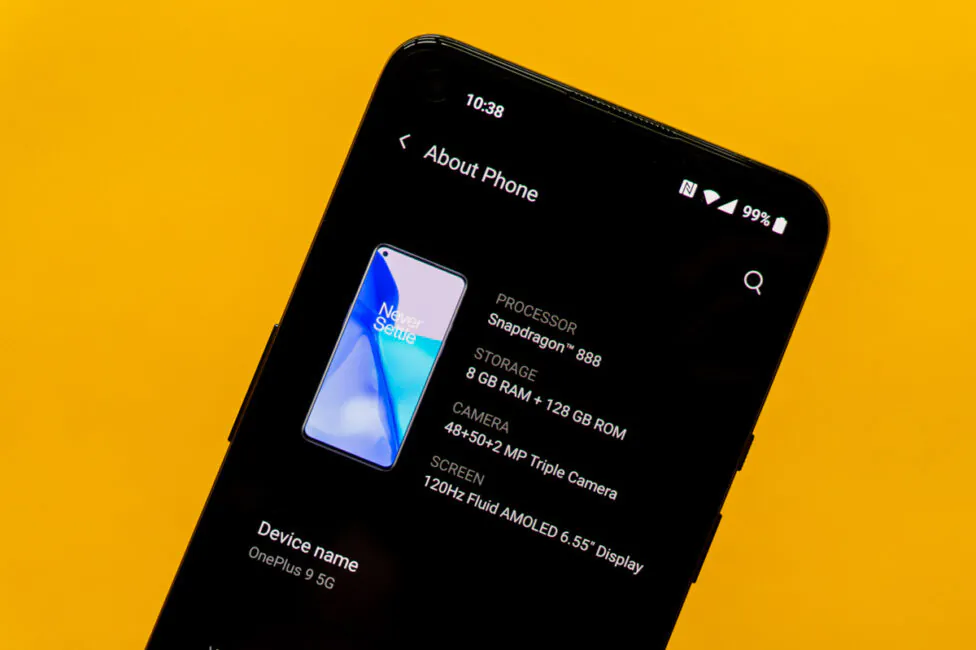
There is also a choice of 128 or 256 GB of storage, and a UFS 3.1 drive, which is very fast. In the 128 gigs version 102.11 GB is allocated for the user. However, it should be borne in mind that expanding the memory with a microSD memory card is not possible.
This is a real flagship – the smartphone performs any kind of task extremely quickly, the interface at 120 Hz also works as smoothly as possible. In games, the smartphone shows very good results, as befits a flagship chipset. However, as I already noted, the smartphone heats up and if you load it with the games for too long, a notification about overheating may appear and the display brightness might decrease.

Below you can see the average FPS values in popular demanding projects, which were captured using a utility from GameBench. All games were set to the maximum possible graphical settings:
- Call of Duty: Mobile: very high, all effects are enabled (except for reflections), Battlefront mode ~ 60 FPS; Battle Royale ~ 60 FPS
- Genshin Impact: maximum values of all graphic settings with all effects, ~ 59 FPS
- PUBG Mobile: ultra graphics settings with anti-aliasing and shadows (no reflections), ~ 40 FPS (game limit)
- Shadowgun Legends: ultra graphics, ~ 60 FPS
The OnePlus 9 cameras
The main camera unit of the smartphone includes three modules: the main wide-angle Sony IMX689, the additional ultra-wide-angle Sony IMX766 and a simple monochrome module. Some of these modules are familiar to users of the manufacturer’s smartphones. The first was used, for example, in the OnePlus 8 Pro, and the ultra-wide module has migrated to the OnePlus 9 from the 9 Pro. Their characteristics are as follows:
- Wide-angle module: 48 MP, f/1.8, 1/1.43″, 1.12μm, PDAF, 23mm
- Ultra wide-angle module: 50 MP, f/2.2, 1/1.56″, 1.0µm, AF, 14mm
- Monochrome module: 2 MP, f/2.4
Cameras were created with the help of Hasselblad engineers. More specifically, they developed a new method of color calibration called Natural Color Calibration, which is designed to provide “authentic color and natural reproduction of skin tones.”
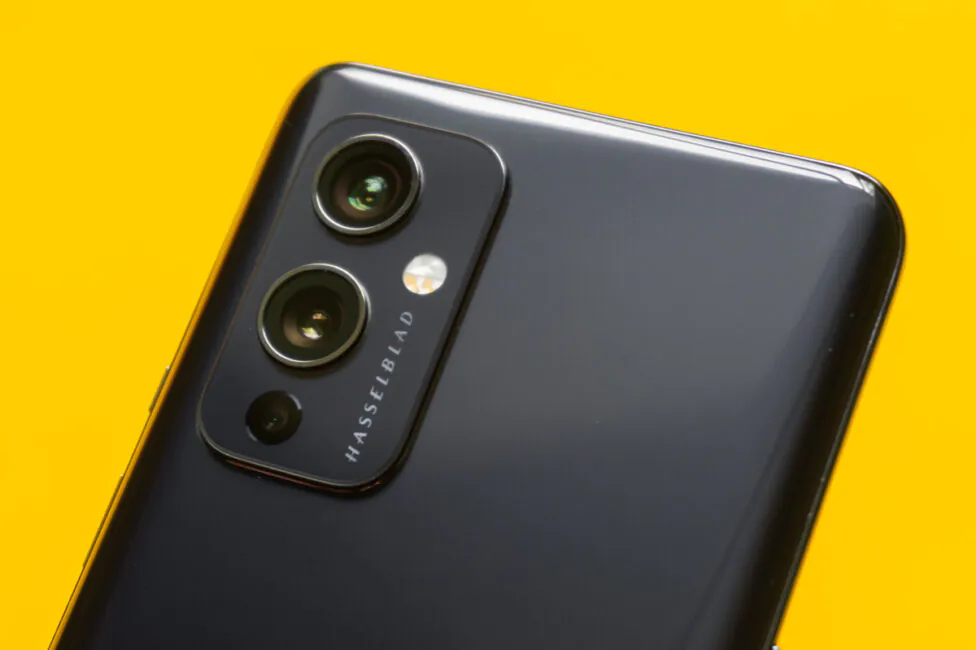
As you can imagine, the first two modules do not save images in full resolution by default. The wide-angle is 12 megapixels, and the ultra-wide-angle is 12.6 megapixels. However, as usual, the user has the opportunity to choose the maximum resolution for pictures. But the main question is whether it’s worth it. Comparing pictures taken in the same conditions, I can draw the following conclusion: it makes sense to shoot in full resolution to achieve higher details only in excellent lighting conditions. In this case, the photos will indeed be more detailed and clear. But when conditions are poor, raw photos will turn out worse, due to more obvious digital noise.
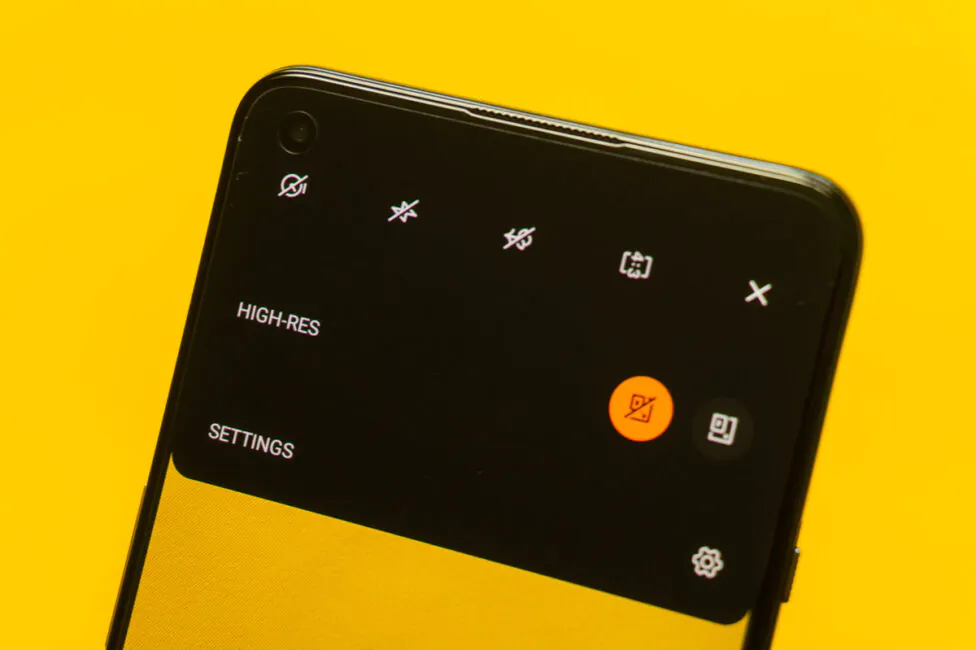
The main camera shoots well: with decent detail, good color reproduction, and good dynamic range. However, there are some nuances in all this. First, if you carefully study daytime shots, you will notice noise in them even at the lowest ISO value. But if we talk about the pictures taken in average conditions, such a non-aggressive noise control is more likely a plus, because the details are preserved. The smartphone often tends to make some tones (especially green) more saturated than they should be. You can even shoot with OnePlus at night. In night mode, photos come out with bright and fairly detailed, although not very natural-looking.
EXAMPLES OF PHOTOS IN FULL RESOLUTION FROM THE MAIN CAMERA
But the main “problem” of this camera, perhaps, lies in the absence of an optical stabilization and not very fast saving process. The photos even in ideal conditions can turn out blurry if you move a little. Therefore, you should rather forget about shooting on the fly. This certainly doesn’t sound like a flagship device, does it?
But I will praise the ultrawide camera, which is very good. Detailing is excellent for such a wide angle, there is autofocus and optical distortion, which is almost imperceptible in such modules. The color rendition is also very similar to the colors of the main main camera, but only in the daytime – in the evening it is noticeably different and not in favor of ultrawide. It is also one of the few ultra-wide angle modules that can easily shoot in low light conditions. But always with night mode, of course. Autofocus allows you to shoot objects close and greatly expands the scope of this camera.
EXAMPLES OF FULL RESOLUTION PHOTOS FROM THE ULTRAWIDE
The monochrome module is… well, it’s not really useful. It helps the main camera to make monochrome shots. Personally, I don’t see the point, but in the gallery below there are several examples shot in monochrome. By the way, if you cover this module, the smartphone will refuse to take black and white photos and will save them in color.
EXAMPLES OF PHOTOS IN FULL RESOLUTION IN MONOCHROME MODE
Much more interesting, as for me, is the macro mode. There is no dedicated camera for shooting close-ups (and this is generally good news), but there is a dedicated Super Macro mode. It uses the capabilities of the ultra-wide-angle module and, due to autofocus, allows you to shoot any objects with a minimum distance. There’s also a 1- and 2x zoom. This is a full-fledged module with a normal resolution.
EXAMPLES OF PHOTOS IN FULL RESOLUTION IN MACRO MODE
The smartphone can shoot video in maximum resolution up to 8K at 30 FPS plus, but 4K 30/60 FPS is the most universal mode. These modes are available for both modules, which is also good, and each has effective electronic stabilization. The quality of the videos is generally good. The exposition is stable, the rolling shutter is absent. The only caveat is that you can record video in 8K and 4K at 60 FPS for no more than 5 minutes. This is very strange, as for a flagship of 2021.
But the front-facing camera is about the same as always. Absolutely the same module is installed in its bigger/smaller brothers and two generations of the predecessors of the OnePlus 9 starting with the 7 Pro model. We have a 16-megapixel camera with an aperture of f/2.4, a sensor size of 1/3.06″ and pixels of 1.0 µm. But despite the fact that the module is far from the freshest, it shoots pretty well.
The detailing is at a high level, the colors are natural and, in general, there are no issues with the daytime photographs. In low light conditions the situation is worse, as usual. With such images, digital noise is more noticeable and some of the details are lost. Also, the viewing angle it is quite limited. Also, it does not know how to shoot video in 4K at all – maximum in 1080P at 30 or 60 fps. The picture is fine, and electronic stabilization works.
There are a lot of modes in the camera app: video, photo, portrait, night scene, professional, time-lapse, panorama, and tilt-shift. Also in such common modes as video there are additional options with enhanced stabilization, portrait and night modes for video. Night mode also boasts different features, such as tripod mode and Starburst for better night shots.
There is a manual mode only for photos, but it’s pretty cool, because you can change all the parameters. There is manual focusing with Focus Peaking technology (highlighting objects that are in focus) and the ability to save photos in RAW format. Video doesn’t support it though. You can’t even switch between cameras in it. The orange shutter button for photos and a non-standard shutter sound – obviously inspired by Hasselblad cameras.
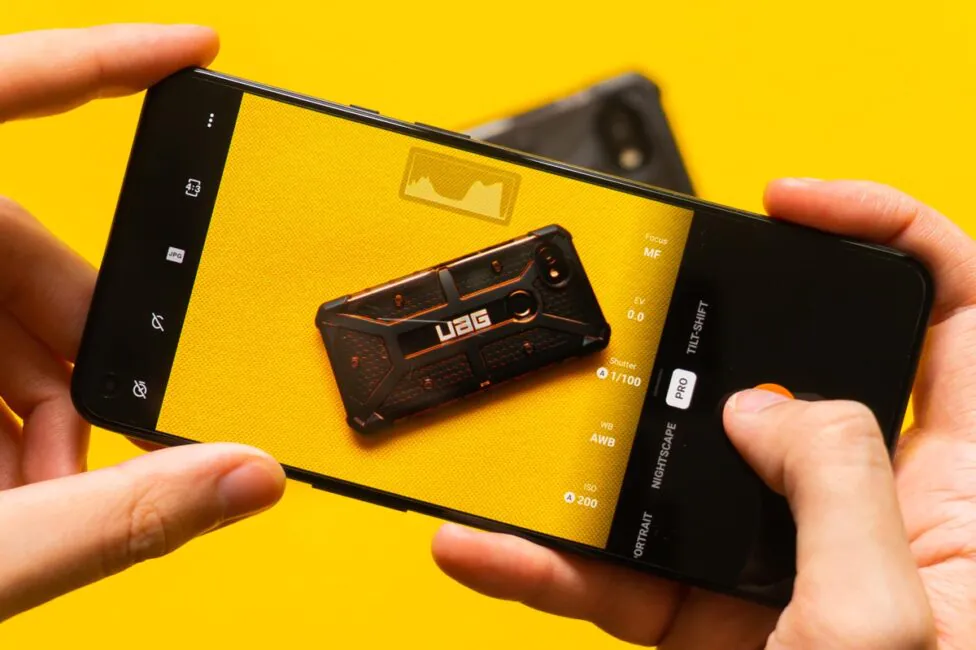
Unlocking
The fingerprint scanner in the smartphone is optical type and is built right into the screen. I already talked about its location several sections earlier and I repeat that in my opinion it is located way too low. Despite this, you can get used to such an arrangement as well.
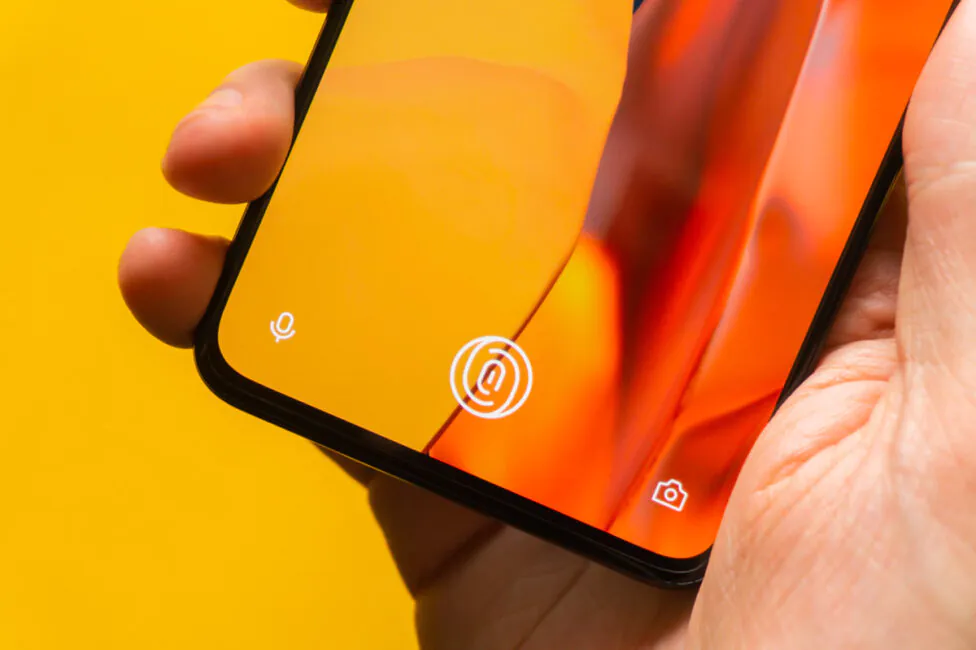
The scanner works relatively quickly, and it’s very stable. It almost never makes any mistakes.
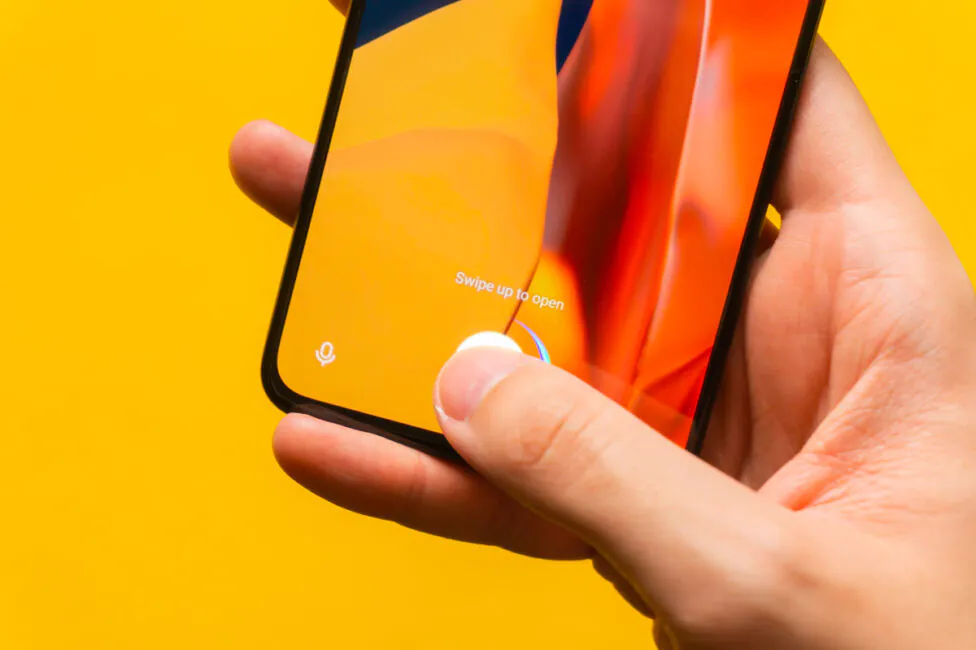
Of the additional options, there is a choice of a couple of animations on the screen around the scanner pad when you put your finger on it, as well as the function of quickly launching apps or performing some actions. The user can determine which shortcuts and/or apps will be in this menu and customize their order.
It works as follows: after successfully unlocking the smartphone with the fingerprint scanner, we simply do not remove our finger from the screen and a horizontal menu of quick actions will open. To navigate it, simply move your finger to the right or left side, stop at the desired item and then remove your finger to launch.
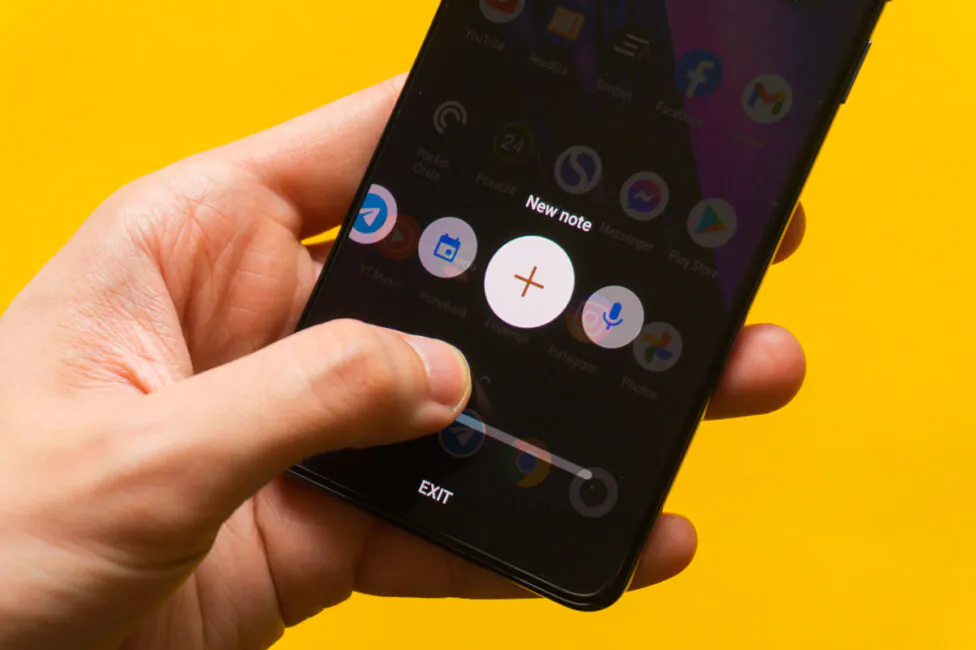
There is also a second method of unlocking a smartphone by face recognition. It also works fine: a smartphone in most situations instantly recognizes the owner and immediately unlocks. If there is not a lot of light around, then the process may be delayed and you can still see the lock screen before unlocking. In complete darkness, the default method does not work, but there is an option to automatically increase the brightness of the display backlight to blast your face with light in order to recognize it.
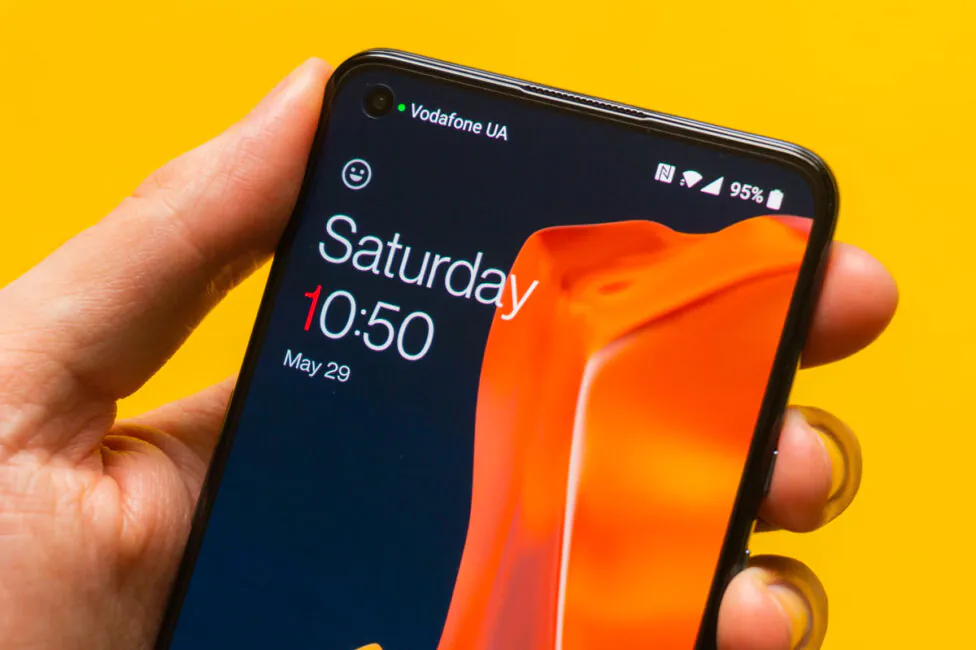
In addition to the aforementioned function, it is possible to stay on the lock screen after recognition and swipe up. You cannot add another face or an alternative view.
Battery life
The smartphone comes with a 4500 mAh battery, which is quite good for a decently sized smartphone. However, I can’t praise OnePlus 9 for its good battery life. The smartphone can survive exactly a day of active use from morning to evening and nothing more.
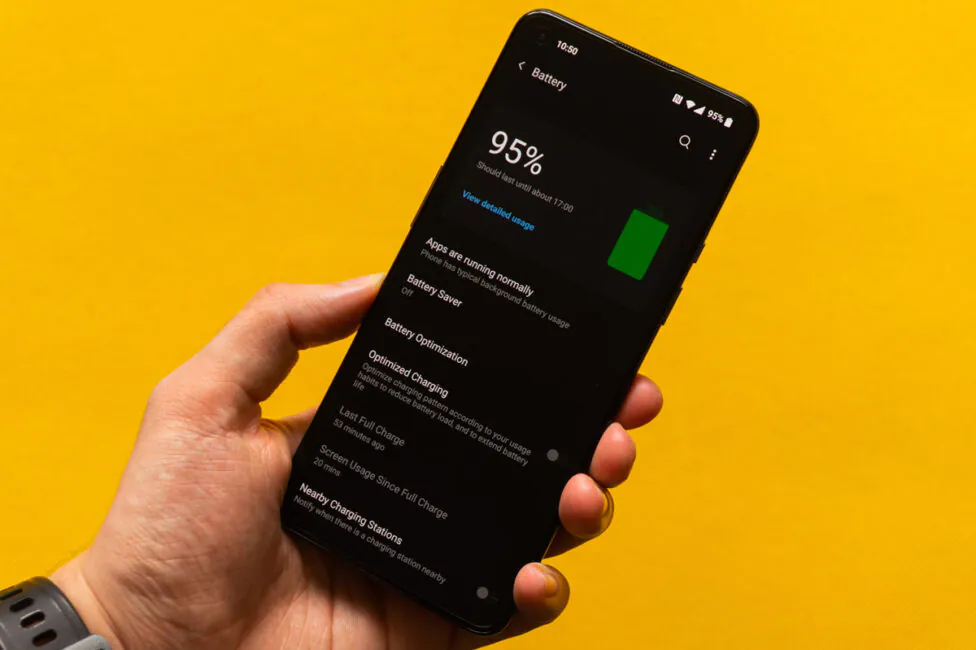
I was using the 120Hz mode, with the dark theme turned on, and the Always On Display, which ran on a schedule from 8:00 am to 8:00 pm. In this situation, in 24 hours of total work since the last charge, the screen was active for an average of 5-5.5 hours. The results, to put it mildly, are modest, given the considerable battery capacity. In the Work 3.0 battery life test from the PCMark benchmark, the OnePlus 9 lasted 6 hours and 28 minutes with maximum display brightness.
The OnePlus 9 supports fast charging Warp Charge 65T technology from a proprietary power adapter (65 W) and cable, and it charges very quickly. The manufacturer says that it will take 29 minutes to fully charge the smartphone from 0%, but in practice my measurements showed different results. From 1% charge to 100% the phone charges in 40 minutes, which is still very good. Here are the detailed measurements:
- 00:00 — 1%
- 00:10 — 32%
- 00:20 — 55%
- 00:30 — 79%
- 00:40 — 100%
In addition to fast wired charging, the smartphone supports both fast wireless 15W and reversible charging with a power of up to 5W to recharge other devices. But that only applies to the OnePlus 9 in the North American and European variants. Chinese and Indian versions of the smartphone lack support for the Qi standard.
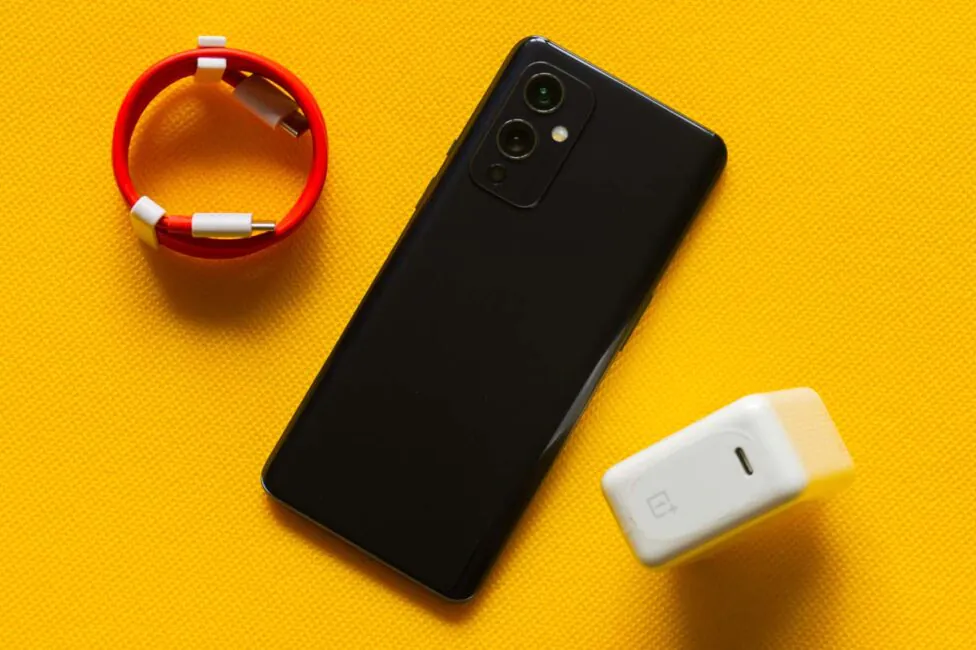
Sound and communications
The earpiece speaker performs its direct function perfectly well: the sound is loud and clear. In addition to this, it acts as a second multimedia speaker, thereby providing stereo sound. Paired with the main multimedia, we get a good high-quality and loud sound. At the same time, I wouldn’t call it outstanding – in this regard, the smartphone from OnePlus does not reach the level of, for example, Samsung Galaxy S21 Ultra or Xiaomi Mi 11. That is, the sound is generally good, but hardly perfect.
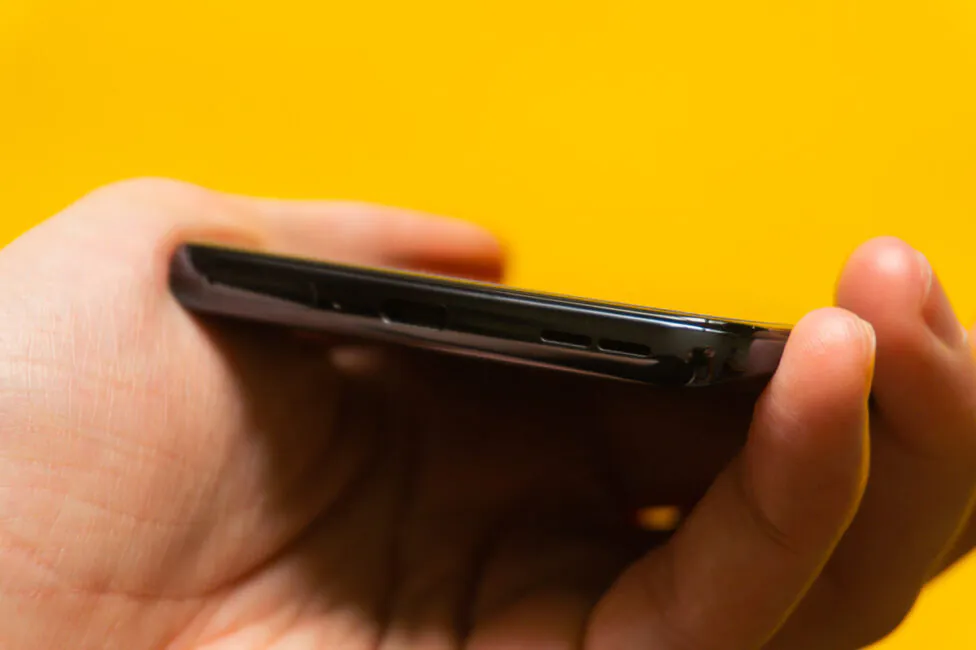
In headphones, the smartphone offers an excellent volume reserve and a decent quality in all key parameters. In addition, there are several pre-installed Dolby Atmos effects (also work for speakers), Smart Styles, and a ten-band equalizer. The above settings work with both wired headphones (but they will have to be connected via a third-party adapter) and Bluetooth headsets.
Vibration feedback is a bit advanced with varying intensity depending on the action being performed. It is quite pleasant.
The OnePlus 9 is equipped with the latest and most relevant set of wireless modules and in addition to having a 5G modem, it supports the following: Wi-Fi 6, Bluetooth 5.2 (A2DP, LE, aptX HD), GPS (A-GPS, GLONASS, GALILEO, BDS, SBAS), and NFC. All of the above modules work great on the device.
Firmware and software
The smartphone runs on Android 11, on top of which is the proprietary shell of OxygenOS 11.2.5.5. The UI in this version has become more optimized for one-handed use. This is noticeable when ot comes to system apps and the shell itself, many functional elements are shifted closer to the middle of the screen, while the names are in large print and are located at the top.
OxygenOS itself does not offer the richest possibilities for customizing the appearance, but you can somehow transform it: choose a color accent, change icons and their shape. There are settings for the Alert Slider toggle switch on the side, the choice of controls (gestures or buttons), system gestures and gestures when the screen is off, as well as actions when the power button is pressed twice and for a long time. In addition, you can clone some apps, and there is also a game hub with useful features and even improved tactile feedback in some supported games.
Verdict
The OnePlus 9 definitely has a lot of good things about it: an excellent 120 Hz display, top-end flagship hardware, generally good cameras, fast charging, excellent unlocking methods and okay software. But for the smartphone to turn out exactly like this, the manufacturer also had to save on something.

The smartphone has a plastic body, there is glass there as well, but it is glossy and impractical. For some reason, only the locked version has official IP certification. There has been no improvement to the front-facing camera for many years now, and the main camera has no optical stabilization. Also, the battery life is not particularly impressive. Nevertheless, the smartphone left a pleasant impression, given its price tag and the top-end hardware.
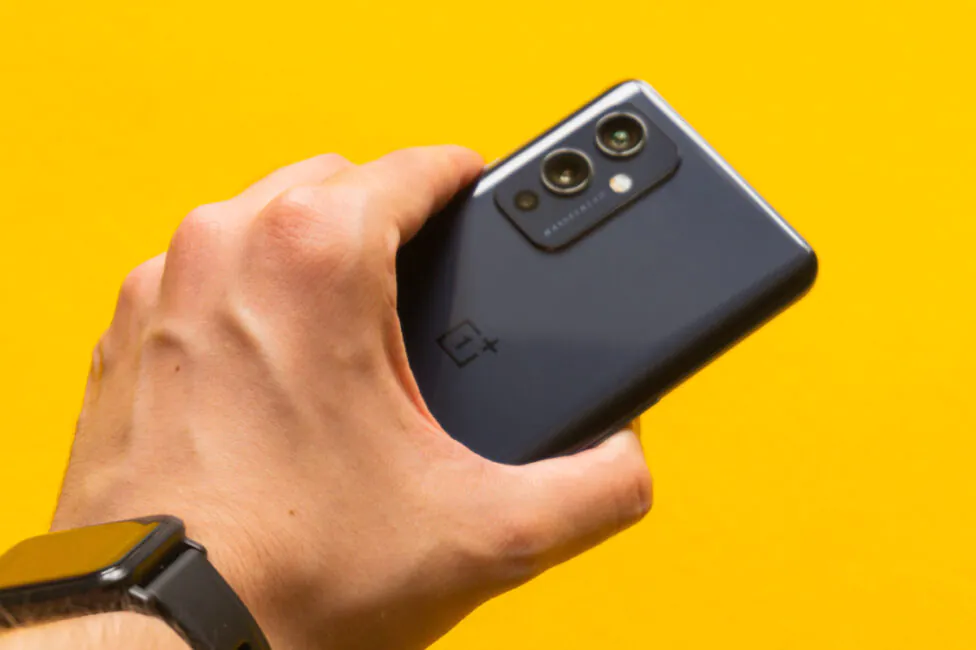
OnePlus releases new flagships way too often, and their predecessors do not have time to become significantly outdated, but at the same time they are getting cheaper. So the OnePlus 9 doesn’t have that many advantages over, say, last year’s OnePlus 8 Pro. The latter is even better in some way. Considering this fact, I wouldn’t call the new phone a bargain.
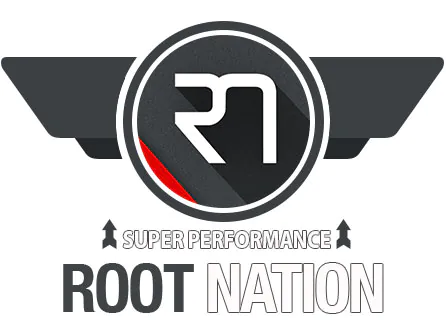
Subscribe to our accounts:




